Engineering & Computer Science
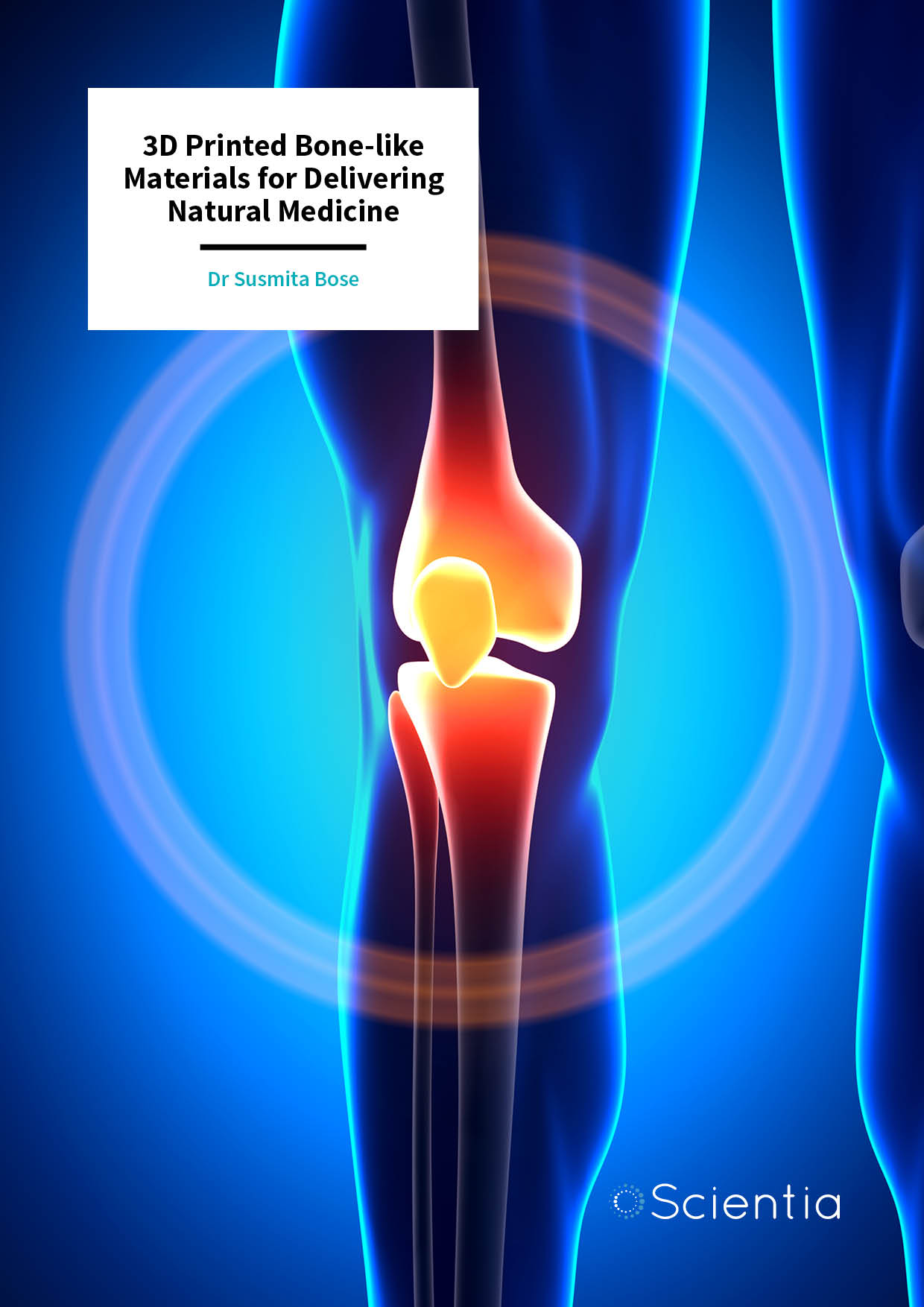
Dr Susmita Bose | 3D Printed Bone-like Materials for Delivering Natural Medicine
Some of the greatest advances in medical history have revolved around the creation of new materials that can replace damaged tissues in the body. Today, many researchers focus on creating materials that can replace damaged bone tissue, which often cannot heal naturally. Dr Susmita Bose and her team at Washington State University have been researching ways to engineer exciting new materials that mimic the structure of natural bone, allowing us to live happier, healthier, and longer lives.

Steve Schmalz | An Innovative Circuit Breaker for Renewable Power Grids
A key step towards a carbon-neutral future could be reached through dispersed power grids, featuring networks of local-scale renewable energy and battery storage plants. To prevent these power grids from damaging themselves and their surroundings when electrical faults arise, they must be integrated with ‘circuit breakers’, which temporarily interrupt the current flowing through them. However, currently available circuit breakers cannot handle the medium-voltage direct currents best suited for these grids. Through an innovative new circuit breaker design, Steve Schmalz and his colleagues at Eaton Corporation, the Illinois Institute of Technology (IIT), Virginia Tech and the National Energy Technology Laboratory (NETL), hope that this challenge will soon be overcome.
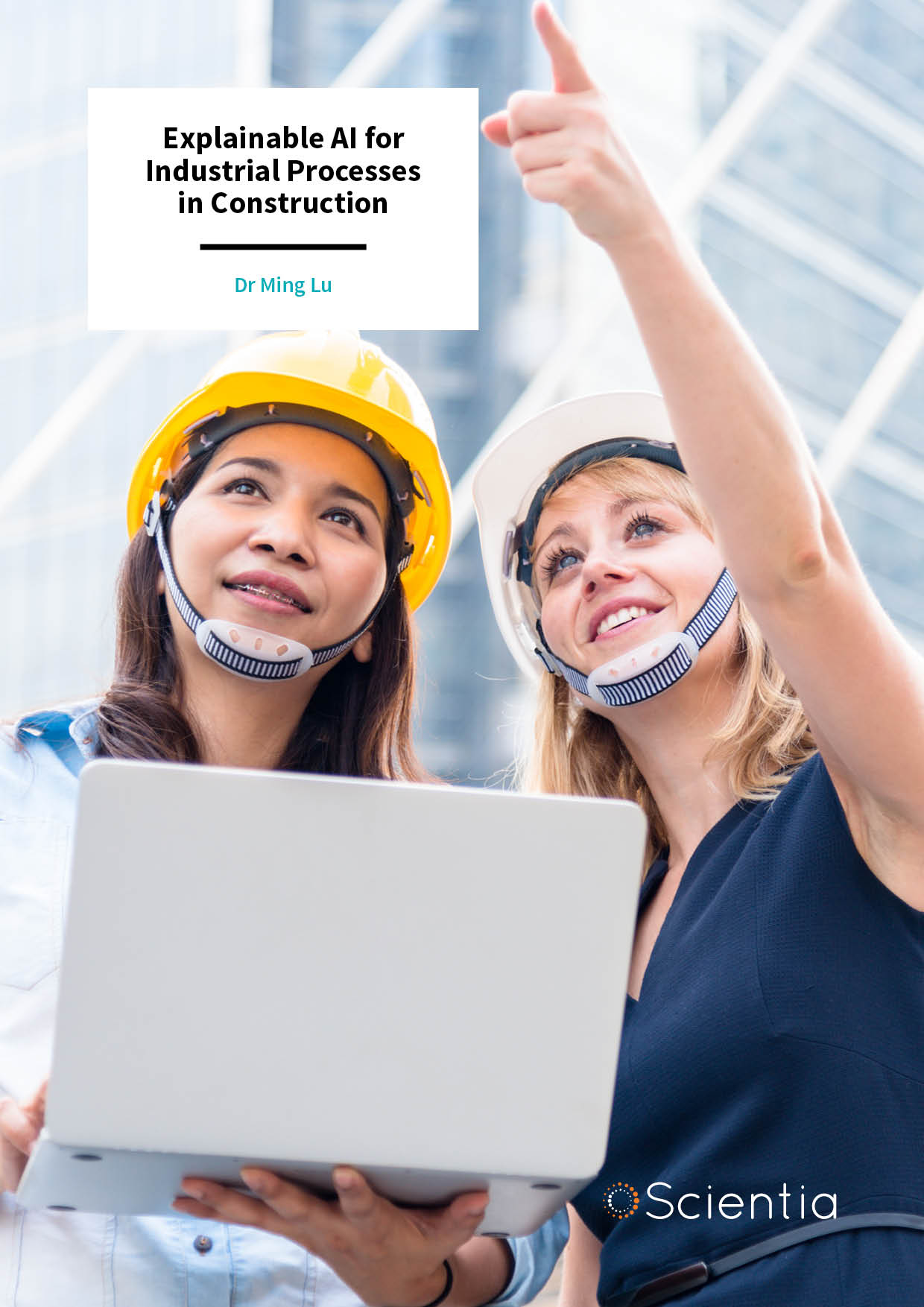
Dr Ming Lu | Explainable AI for Industrial Processes in Construction
Within the wider worlds of engineering, manufacturing and construction, there is a growing demand for accurate computer modelling of large-scale projects. Through the use of artificial intelligence, engineers can more accurately predict and improve various aspects of construction work, from calculating the total cost of a project, to optimising the quality of concrete. Dr Ming Lu and his team at the University of Alberta are developing such artificial intelligence systems, towards ultimately overhauling how we plan large-scale engineering work.
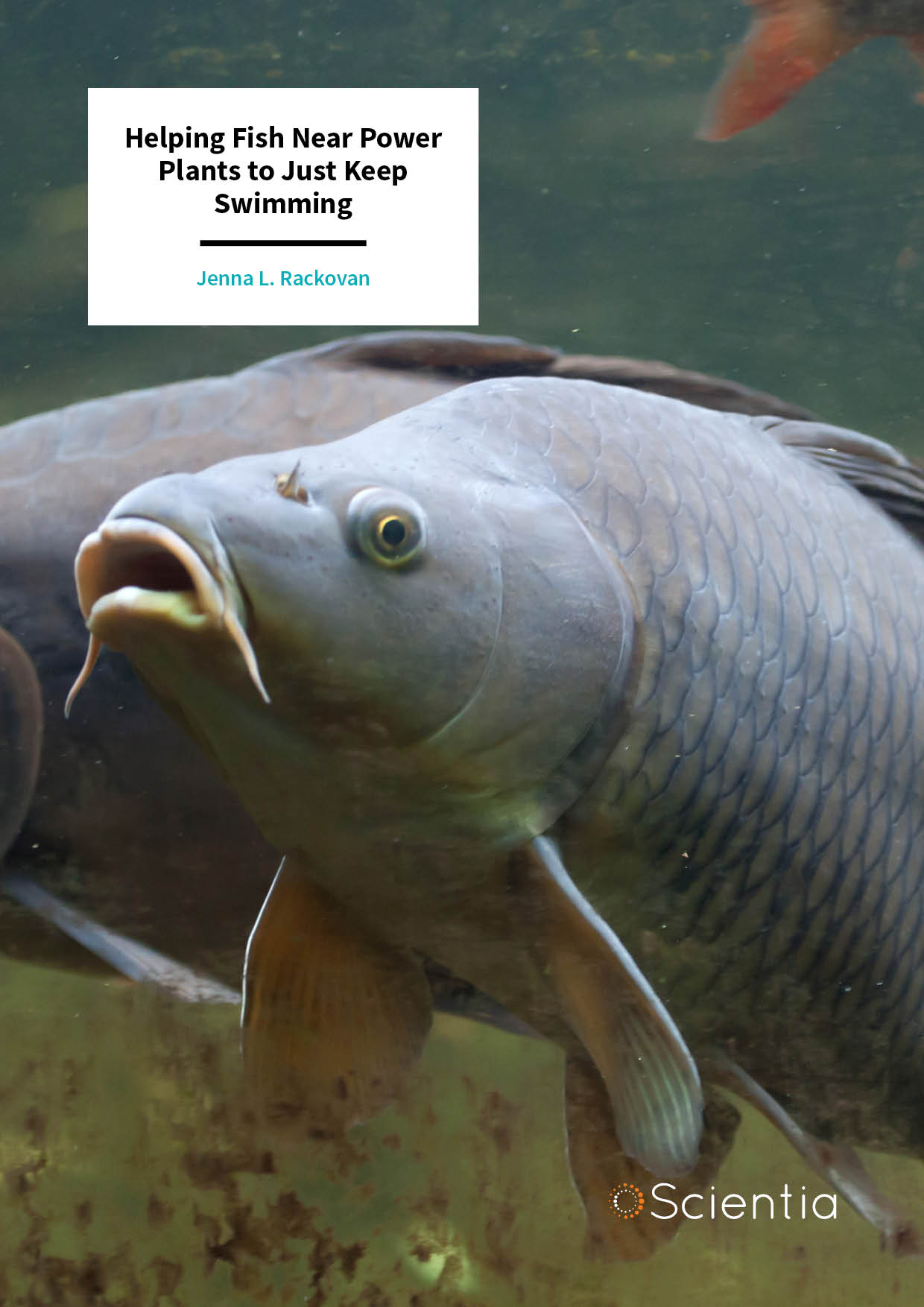
Jenna Rackovan – Helping Fish Near Power Plants to Just Keep Swimming
Cleaner, greener electricity is imperative to meet the demands of a burgeoning population. Many power plants rely on vast quantities of water to cool their systems and maintain proper operation. But sucking up vast quantities of water can pose a risk for fish and other aquatic animals. Balancing the operational efficiency of power plant cooling systems with environmental protection requires a dedicated team of engineers and fisheries biologists. In their recent research, Jenna Rackovan and her colleagues at Alden Research Laboratory in Massachusetts optimise the use of travelling water screens for fish protection.
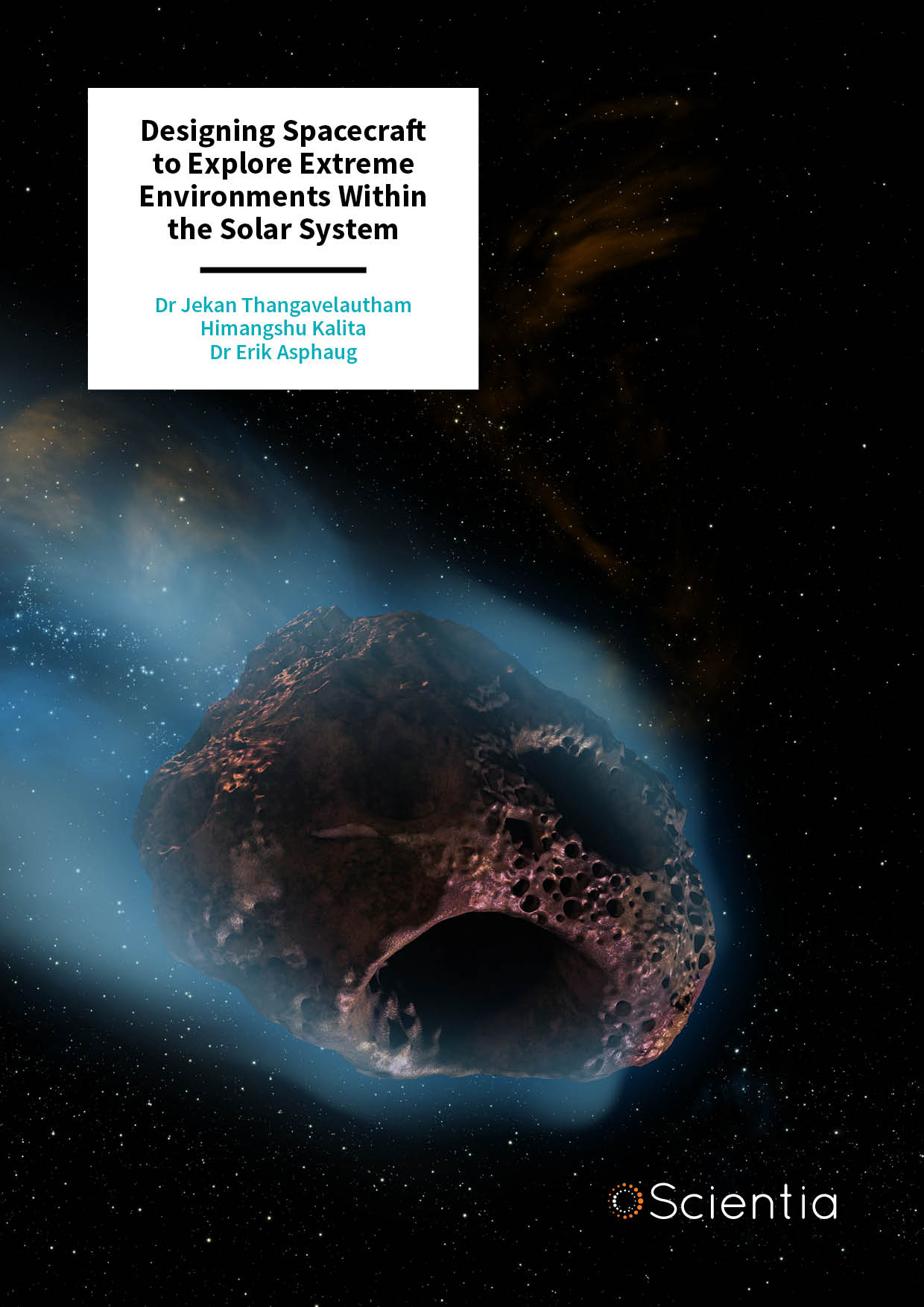
Dr Jekan Thanga – Designing Spacecraft to Explore Extreme Environments Within the Solar System
In the next few decades, upcoming technological advances will offer unprecedented opportunities to explore the solar system – both with autonomous robots, and through manned missions. Dr Jekan Thanga and the Space and Terrestrial Robotic Exploration (SpaceTREx) Laboratory at University of Arizona are at the forefront of efforts to design miniature spacecraft that will allow us to reach these distant worlds, and navigate their rugged, unfamiliar terrains. In the future, his team’s research could pave the way for the establishment of long-term, off-world human settlements, and the discovery of life in extreme, yet potentially habitable environments.
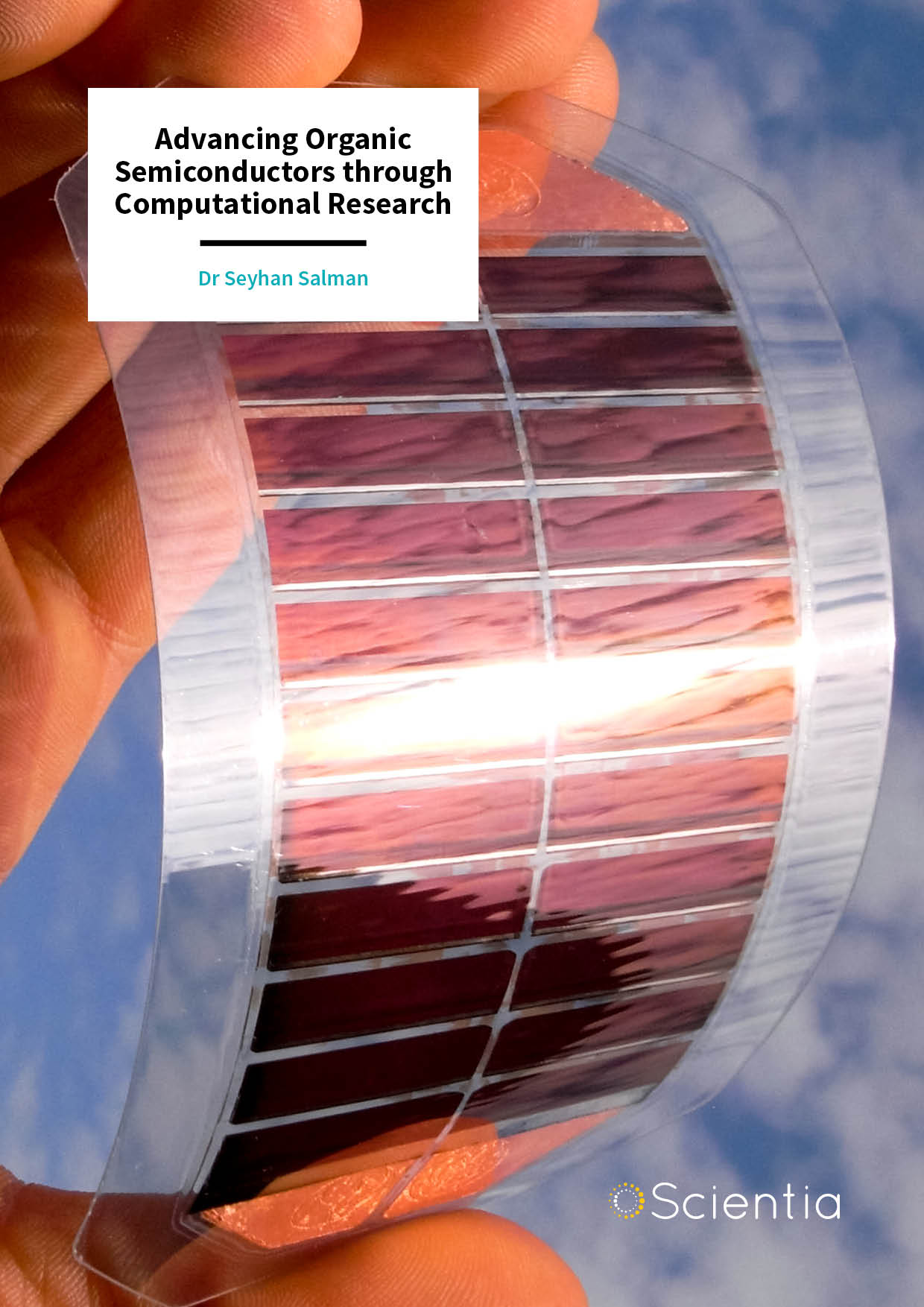
Dr Seyhan Salman – Advancing Organic Semiconductors through Computational Research
Organic semiconductors form the cornerstone of modern technologies, powering the screens we use in many of our digital devices. On top of this, they are also key materials in organic solar cells and medical biosensing devices, amongst other innovative applications. Dr Seyhan Salman and her colleagues at the Clark Atlanta University have been investigating organic semiconductors using advanced computational methods. Through this, her team hopes to pave the way to developing even more impressive technologies, which will benefit society in myriad ways.
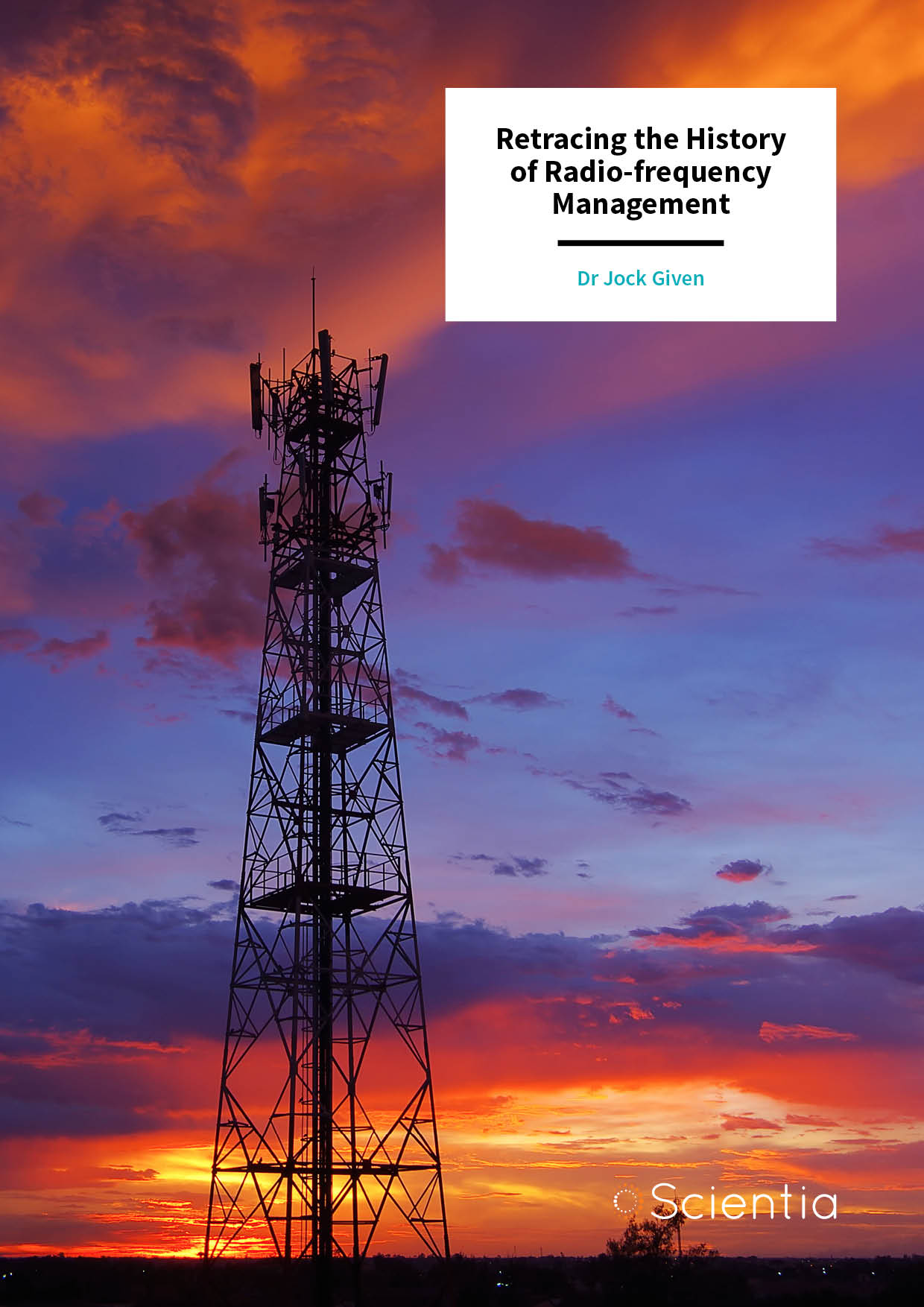
Dr Jock Given – Retracing the History of Radio-frequency Management
Radio-frequency (RF) spectrum management is a crucial part of media and communications history, as it has shaped how people access information and communicate with others. Dr Jock Given, Professor at Swinburne University of Technology, has written numerous books and articles focusing on this topic. He combines ideas from economics, law, history, and business with his own experience as an economics researcher and policy advisor.
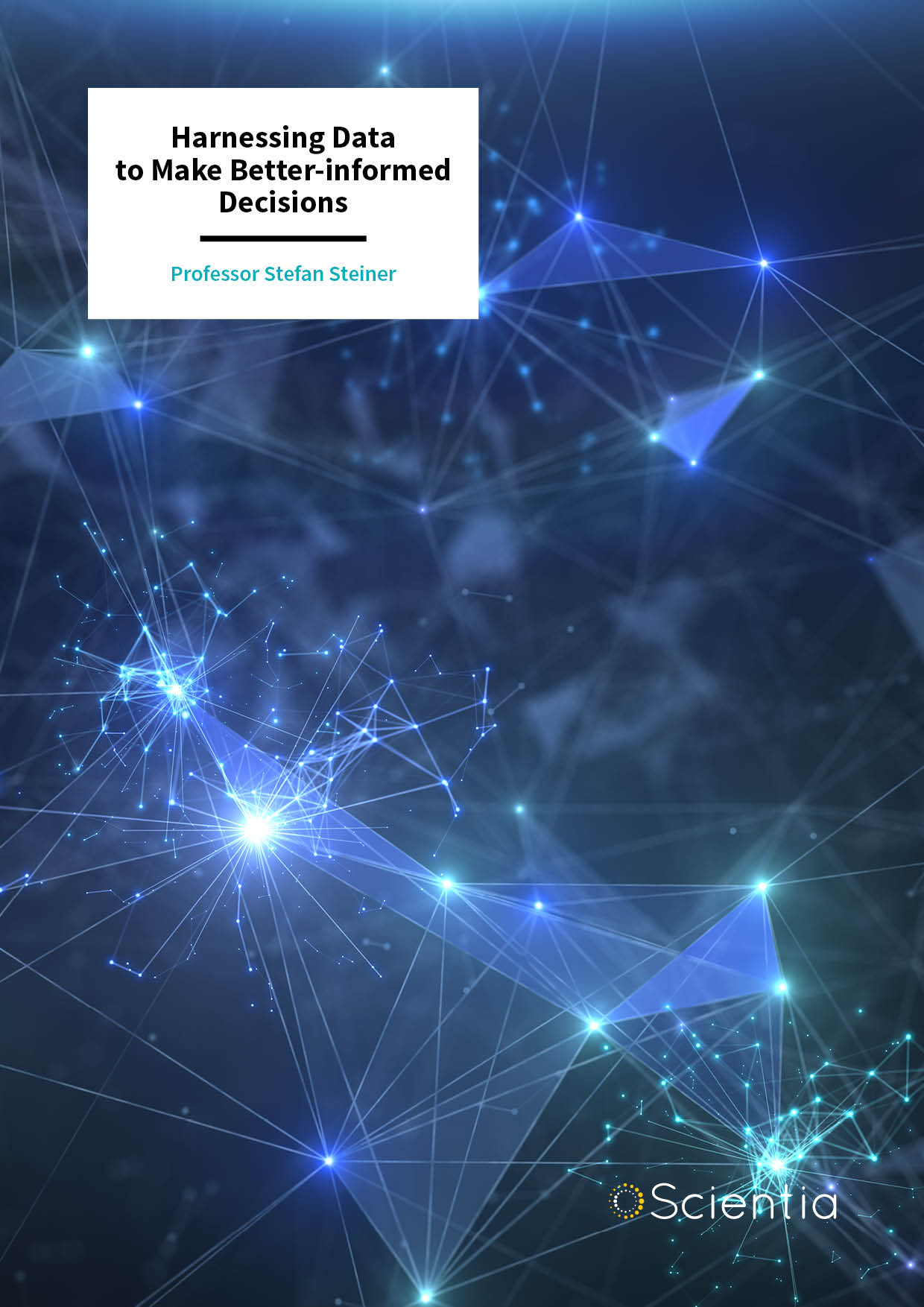
Professor Stefan Steiner – Harnessing Data to Make Better-informed Decisions
There are many situations where large volumes of data are collected over time, and processes can be greatly improved by gleaning insights from that data. For example, hospitals and healthcare authorities collect data on patient outcomes following treatment or surgery. By better analysing such data, patterns can be revealed and process changes can be implemented to improve patient outcomes. Professor Stefan Steiner and his colleagues at the University of Waterloo develop new models and statistical methods that can obtain such insights across a wide array of sectors, from improving healthcare to reducing road accidents.
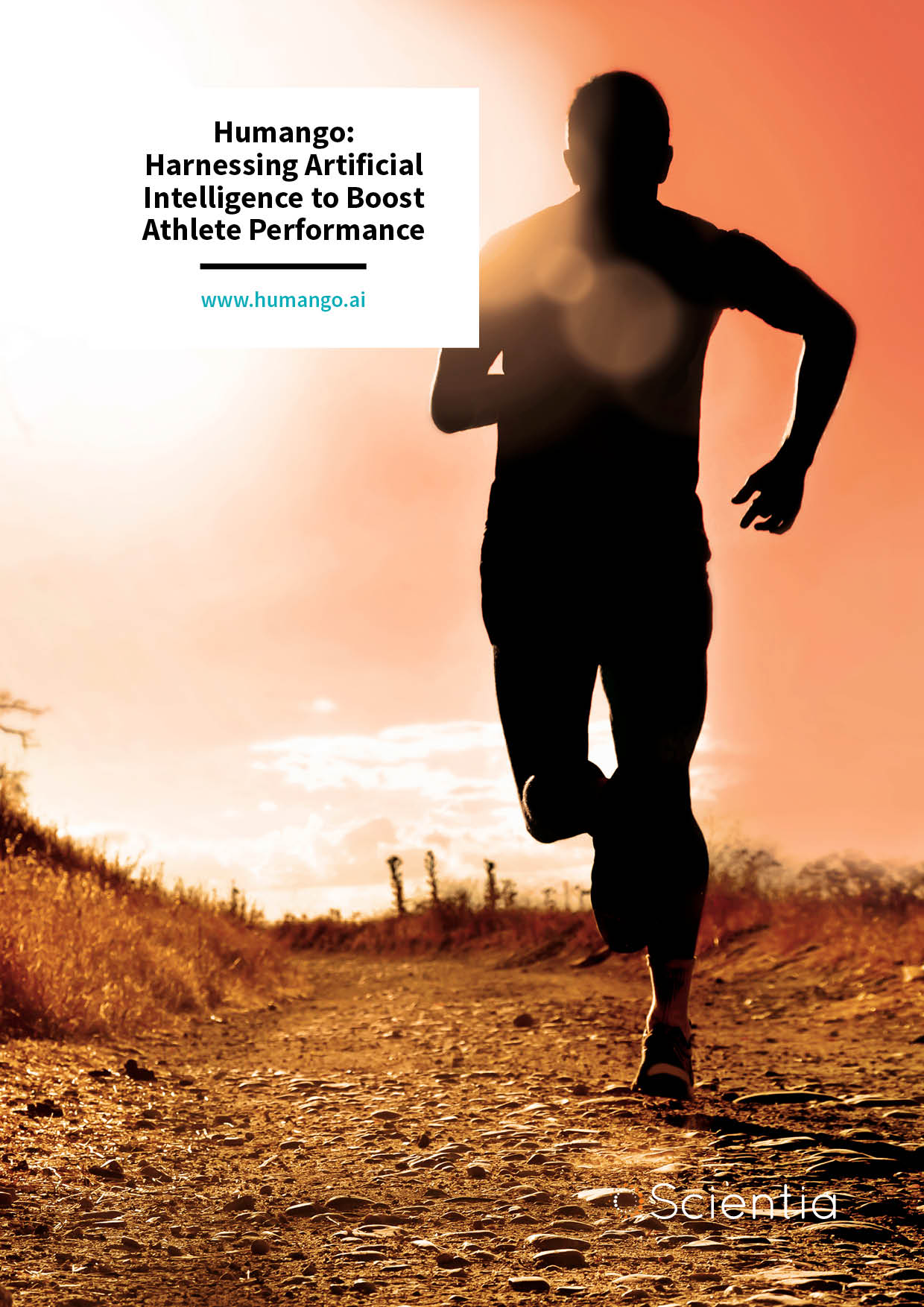
Humango: Harnessing Artificial Intelligence to Boost Athlete Performance
For years, entrepreneurs have been trying to introduce artificial intelligence (AI) to endurance training in a way that makes a substantial difference in athlete performance. From platforms that make short-term adjustments to an athlete’s initial plan to ones that rely solely on subjective feedback for their subsequent prescriptions, the approaches have varied – but the industry has remained relatively unshifted. Now, researchers at Humango have built an AI engine that continuously adapts its recommendations to an athlete’s health data, performance metrics, random alterations in scheduling, and training response all at the same time. Allow us to introduce you to Humango and its founder, Dr Eric Abecassis.
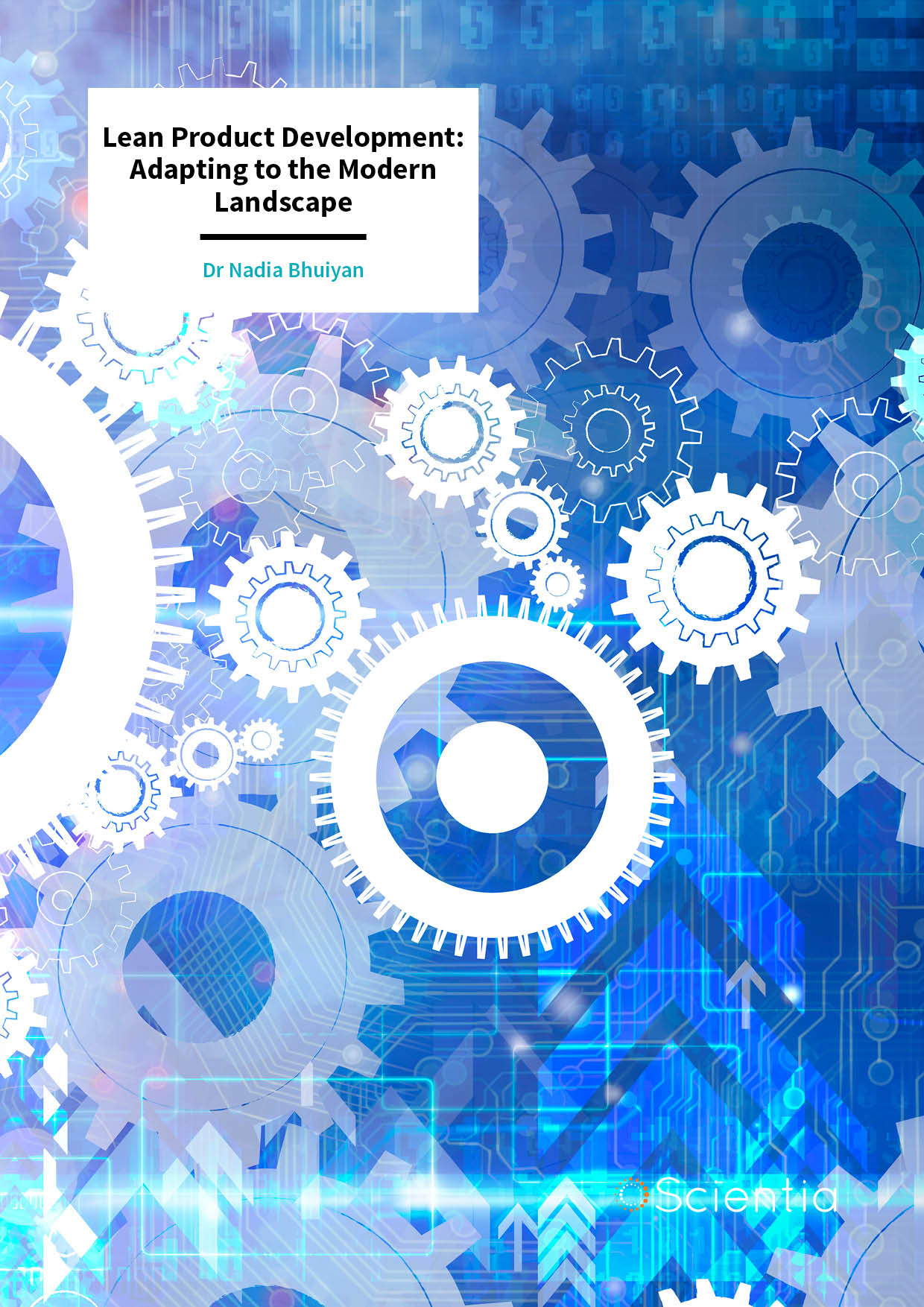
Dr Nadia Bhuiyan – Lean Product Development: Adapting to the Modern Landscape
Perfecting the product development process presents a daunting challenge to many modern companies, which must compete within their industries on a global stage. Through her research, Dr Nadia Bhuiyan at Concordia University shows how many different aspects of the process can be streamlined through the use of ‘lean’ processes – which aim to eliminate any waste in time, resources, and information. Through a combination of theory, analytical modelling, and case studies, her discoveries offer important new guidance for how companies can continue to thrive in an uncertain future.
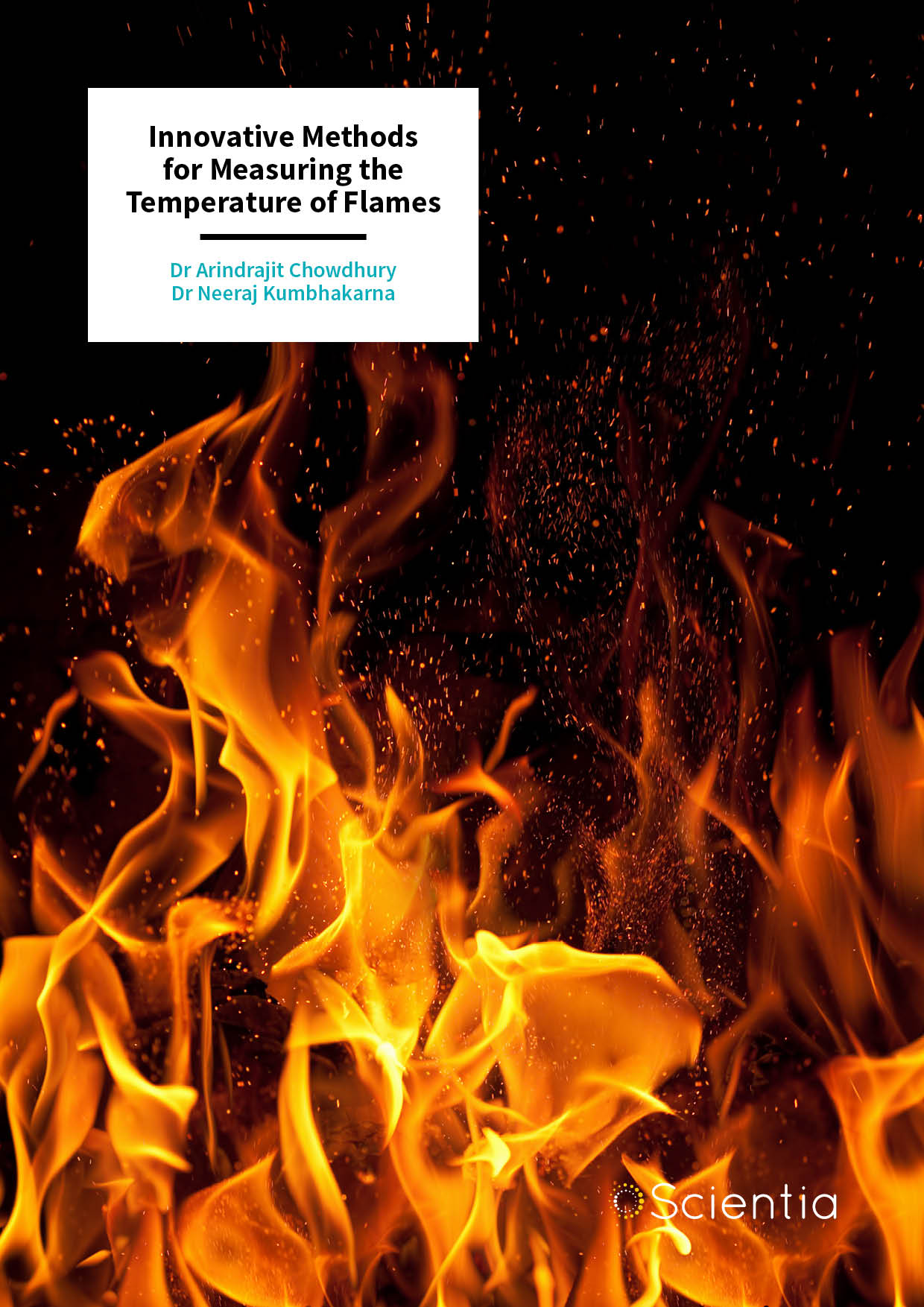
Dr Arindrajit Chowdhury | Dr Neeraj Kumbhakarna – Innovative Methods for Measuring the Temperature of Flames
While it may seem a simple task, being able to accurately measure the temperature of fire has been of interest to scientists for many years. If accurate methods were readily available, it would allow individuals and businesses to have much greater control over combustion, improving how we use fuel and reducing carbon emissions. Dr Arindrajit Chowdhury and Dr Neeraj Kumbhakarna at the Indian Institute of Technology Bombay have been developing ideal methods for measuring the temperature of flames, and creating solutions to facilitate their widespread use.
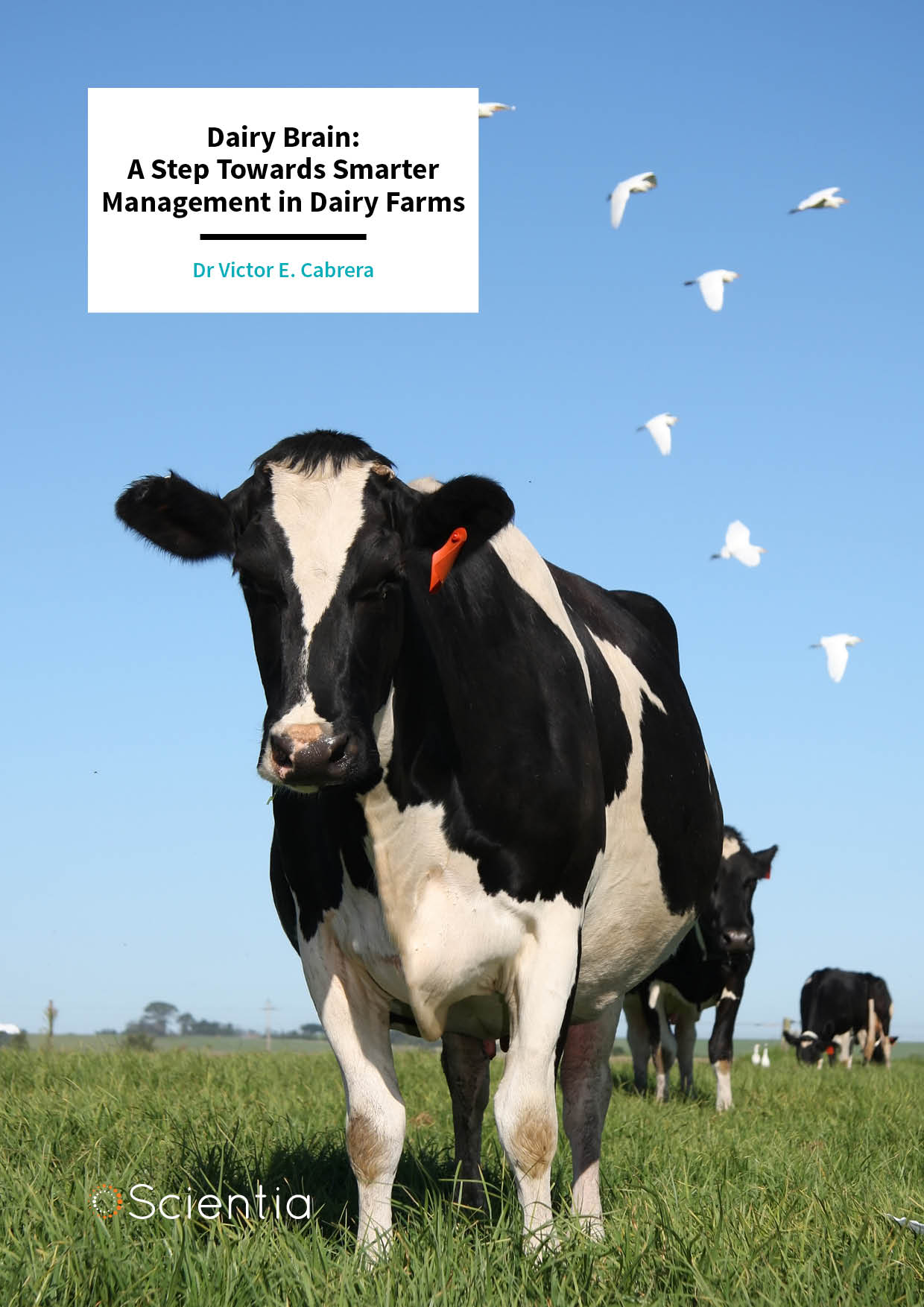
Dr Victor E. Cabrera – Dairy Brain: A Step Towards Smarter Management in Dairy Farms
To manage their farms effectively, dairy farmers must base their decisions on real-time and continuous data streams, which collect information about feeding, milking, and an array of other factors. Dairy Brain is a toolkit introduced by Dr Victor E. Cabrera and his colleagues at the University of Wisconsin – Madison, which integrates the data streams collected by different software onto a single platform, and applies the latest algorithms to reveal novel insights. The technology could soon enable farmers and industry professionals to make far better use of the latest techniques in data analysis – and may even lead to new advances in efficiency and sustainability.
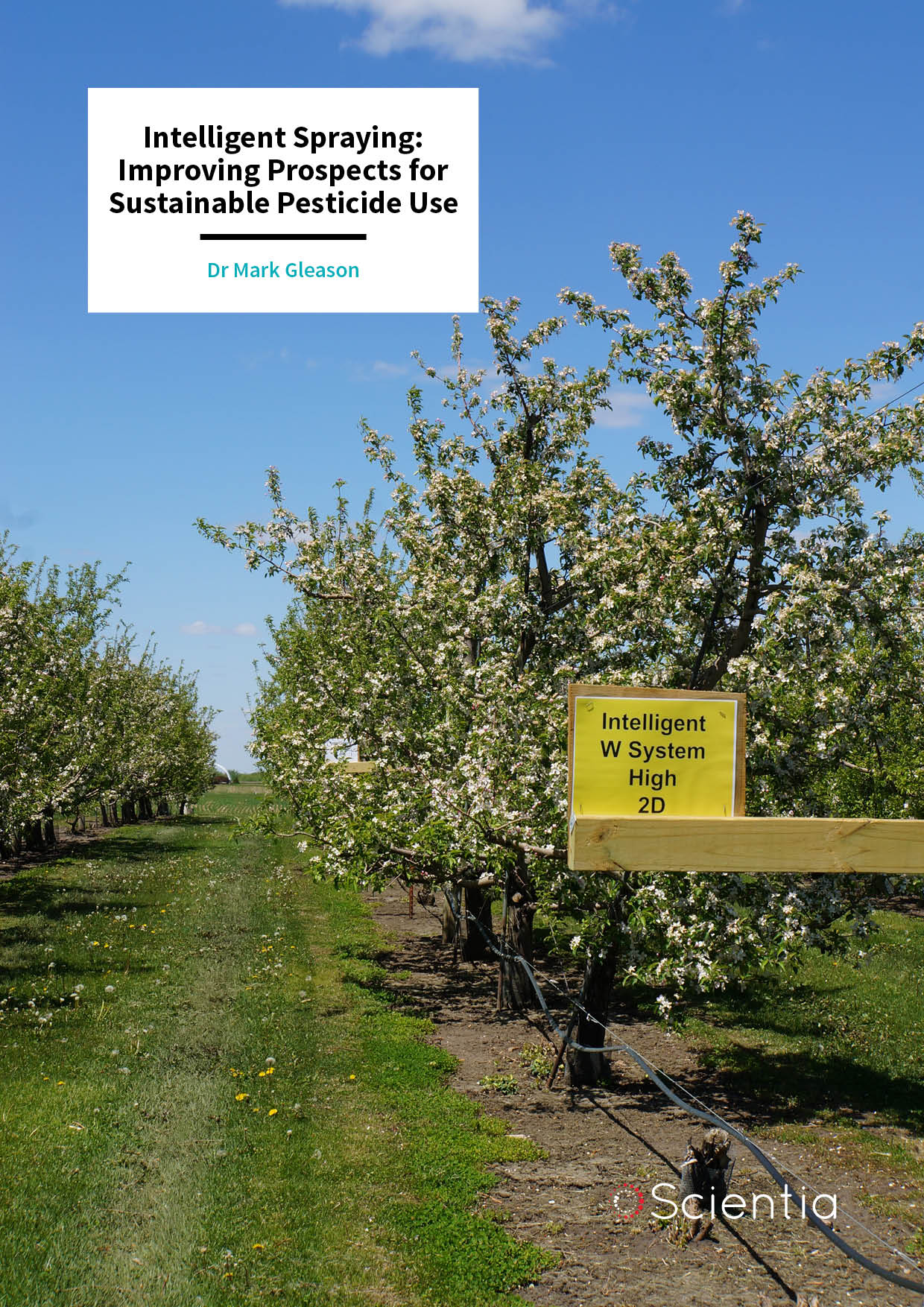
Dr Mark Gleason – Intelligent Spraying: Improving Prospects for Sustainable Pesticide Use
Pesticides may be essential in ensuring abundant and healthy yields of many crops, but so far, the techniques used to spray them have led to considerable environmental damage. In his research, Dr Mark Gleason, a plant pathologist at Iowa State University, assesses the performance of new technologies that can deploy pesticides on apple trees in more efficient and less hazardous ways. These approaches enable farmers to minimise pesticide use without sacrificing crop yields. Through combining laser-based ‘LiDAR’ (light detection and ranging) technology with disease-warning systems to time sprays efficiently, his project team hopes to offer more sustainable and environmentally friendly options for apple growers.
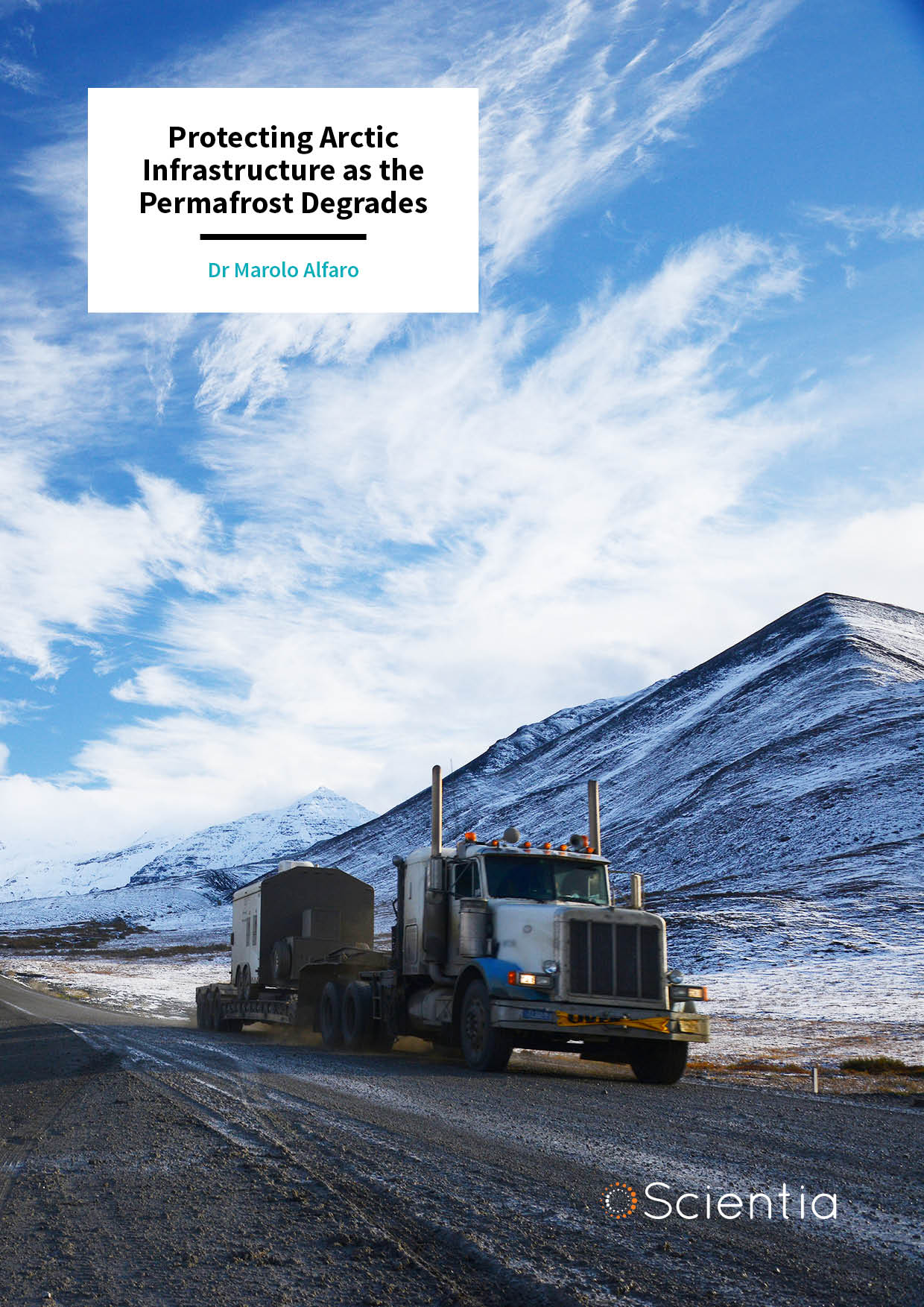
Dr Marolo Alfaro – Protecting Arctic Infrastructure as the Permafrost Degrades
Roads, bridges, and airports are now being built all across the Arctic. However, as this happens, the future of the sturdy permafrost these structures are built upon is looking increasingly uncertain. In his research, Dr Marolo Alfaro at the University of Manitoba uses both computer modelling and real-world sensing to assess the impact that the Arctic’s warming climate is having on this infrastructure. Starting from analysis of a newly-constructed highway in Canada’s Northwest Territories, his team’s efforts could soon provide local communities with vital guidance as to how their infrastructure should be maintained and protected.
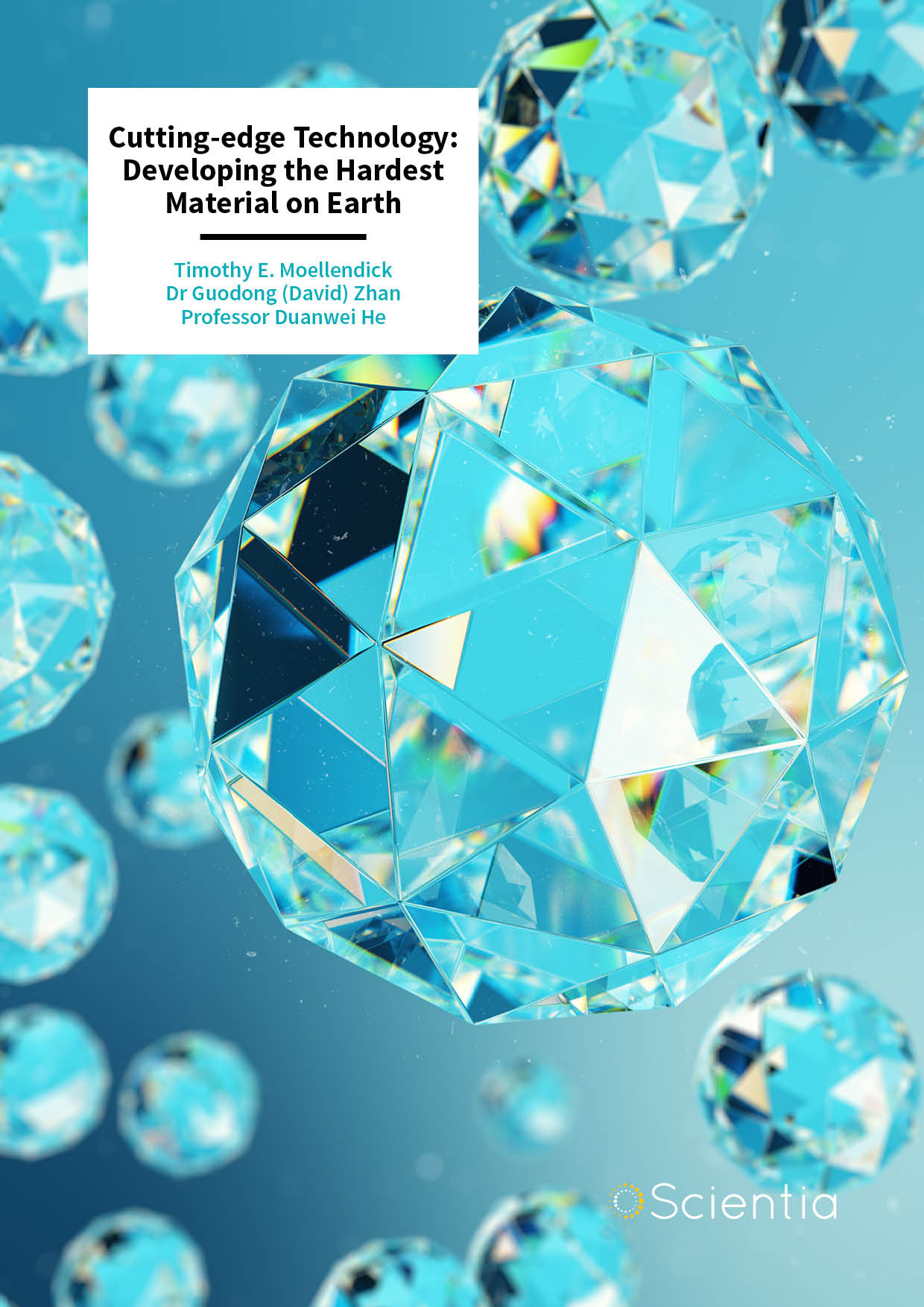
Dr Guodong (David) Zhan | Timothy Eric Moellendick | Dr Duanwei He – Cutting-edge Technology: Developing the Hardest Material on Earth
Because of its extreme hardness, diamond is used as a cutting material in a multitude of fields, from aerospace engineering to geothermal energy. Using ultra-high pressures and temperatures, scientists have created a new form of diamond, which is now the hardest material known to humankind. Dr Guodong (David) Zhan and Timothy Eric Moellendick at Saudi Aramco, alongside Dr Duanwei He at Sichuan University, are the scientists behind this record-breaking substance, which will serve as an ‘indestructible’ cutting and drilling material.
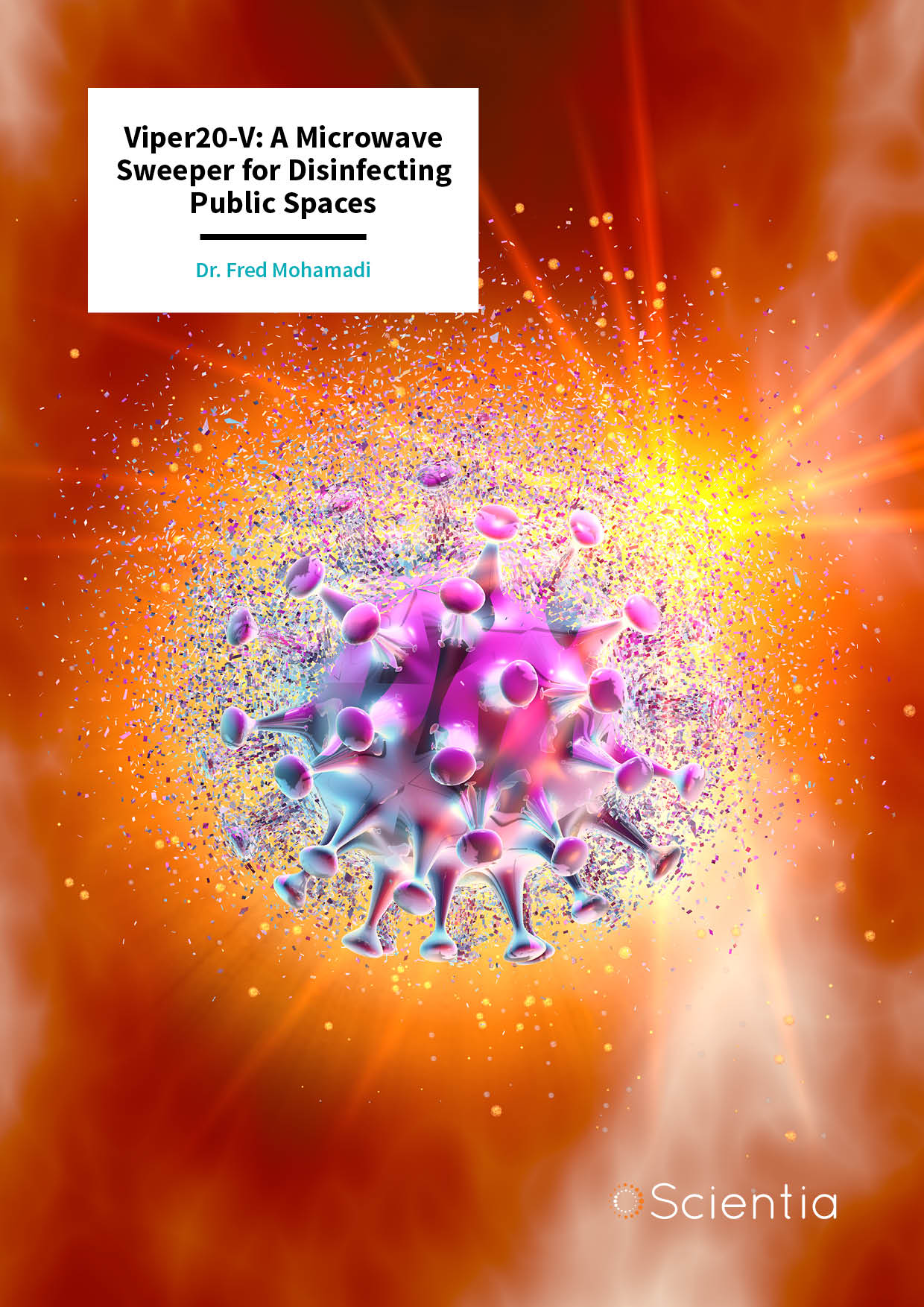
Viper20-V: A Microwave Sweeper for Disinfecting Public Spaces
While UV-based techniques have so far proved highly effective for virus inactivation on surfaces, resonance-induced inactivation by microwaves is far more suitable for use in the disinfection of public spaces. For this purpose, TiaLinx has designed a microwave sweeper device named Viper20-V: a radio-frequency source that provides continuous microwaves, with frequencies adjustable over an extensive range. Demonstrated through an intensive series of experiments, the low-power disinfection technology could soon prove essential in helping economies to recover from the COVID-19 pandemic.
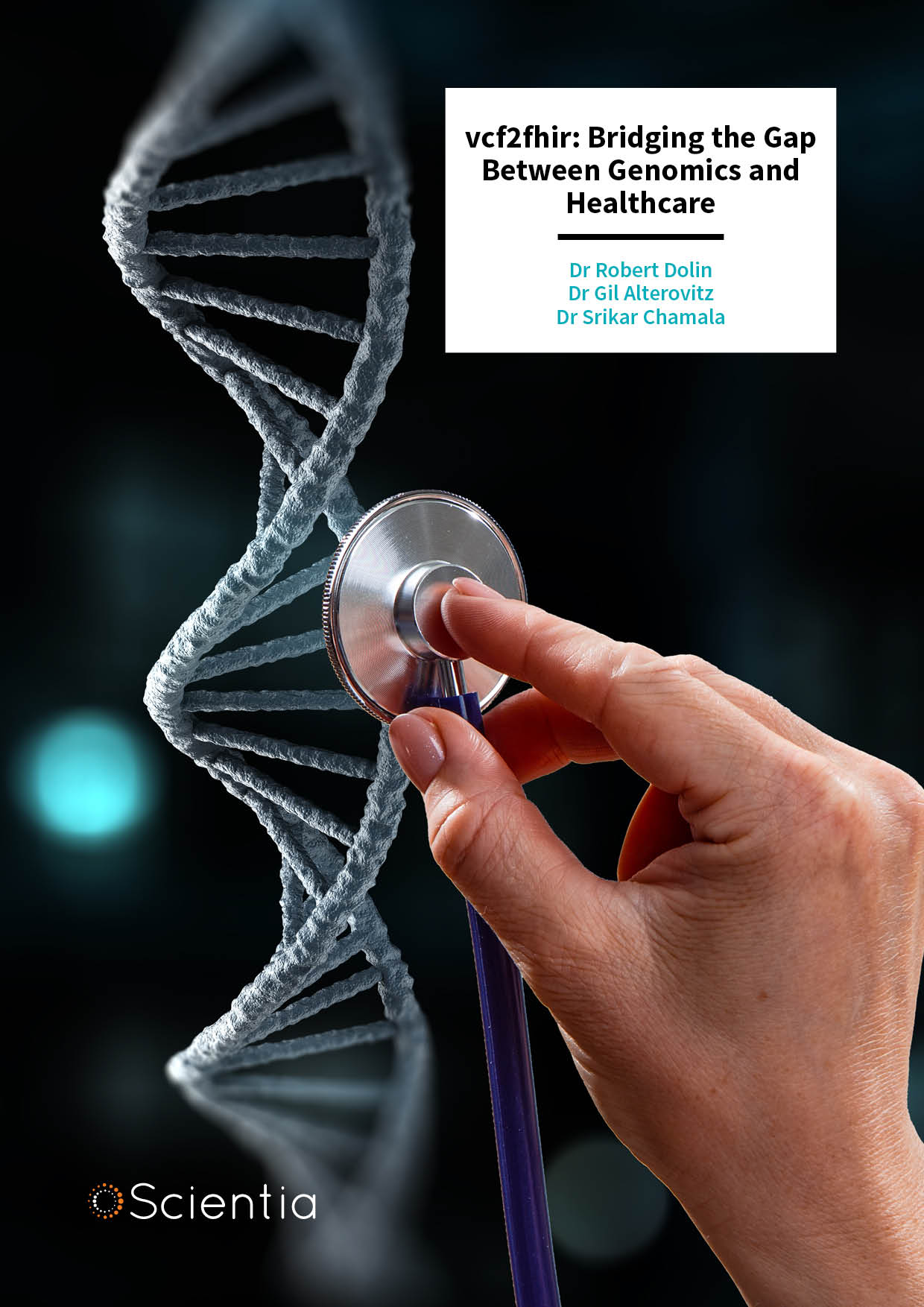
Dr Robert Dolin | Dr Srikar Chamala | Dr Gil Alterovitz – vcf2fhir: Bridging the Gap Between Genomics and Healthcare
On molecular scales, the responses of our bodies to particular medical treatments are deeply engrained in our unique genetic codes. Yet so far, the advanced computer science technologies used to study patient responses and molecular-scale mechanisms have remained entirely independent from each other. Now, Dr Robert Dolin of Elimu Informatics, Dr Srikar Chamala at the University of Florida, and Dr Gil Alterovitz at Brigham and Women’s Hospital, address this issue through vcf2fhir: a resource capable of converting between the file formats used by both fields. Through future improvements, his team’s approach could soon transform the ways in which crucial clinical decisions are made.
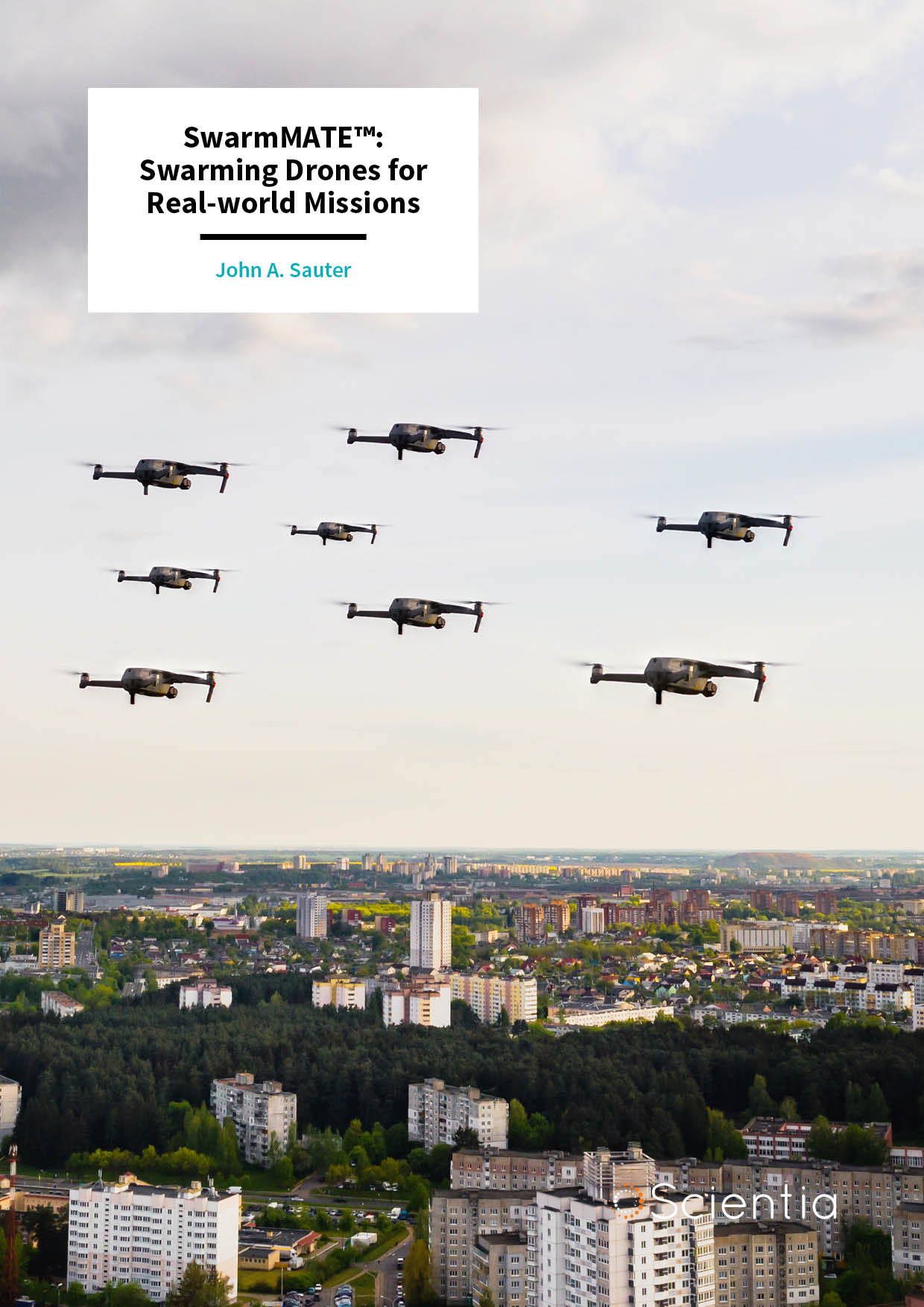
SwarmMATE™: Swarming Drones for Real-world Missions
The idea of unmanned drones flying together in expansive swarms may at first sound chaotic and unpredictable – yet with the right approach, these machines can enable their users to carry out coordinated and highly advanced missions. Through their research, John Sauter and colleagues at SoarTech have developed DSOARS – a transformative software that enables drones to mimic the behaviours of swarming animals found in nature. Their architecture now paves the way for real-world applications – from tracking forest fires and storms to aiding rescue missions.
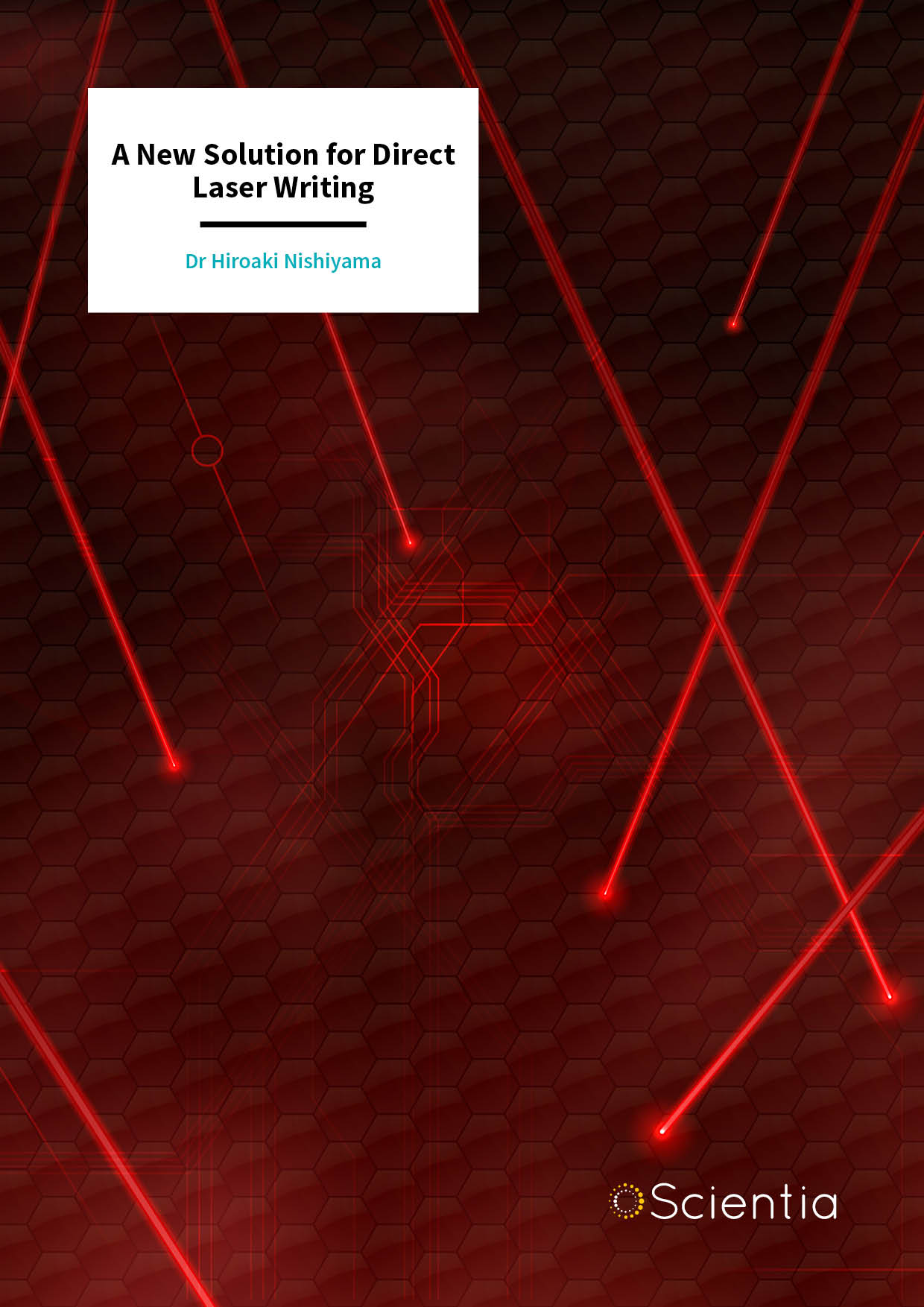
Dr Hiroaki Nishiyama – A New Solution for Direct Laser Writing
Direct Laser Writing is a remarkably useful way to deposit intricately patterned materials onto surfaces. So far, however, the range of materials that can be used in the technique has been severely restricted. Now, Dr Hiroaki Nishiyama and his team at Yamagata University in Japan introduce an entirely new approach based on the unique properties of nanoparticles when suspended in a silver-based solution. When illuminated with ultra-short laser pulses, the setup can create highly stable patterns with sophisticated nanoscale structures – substantially broadening the range of materials available for use in the technique.
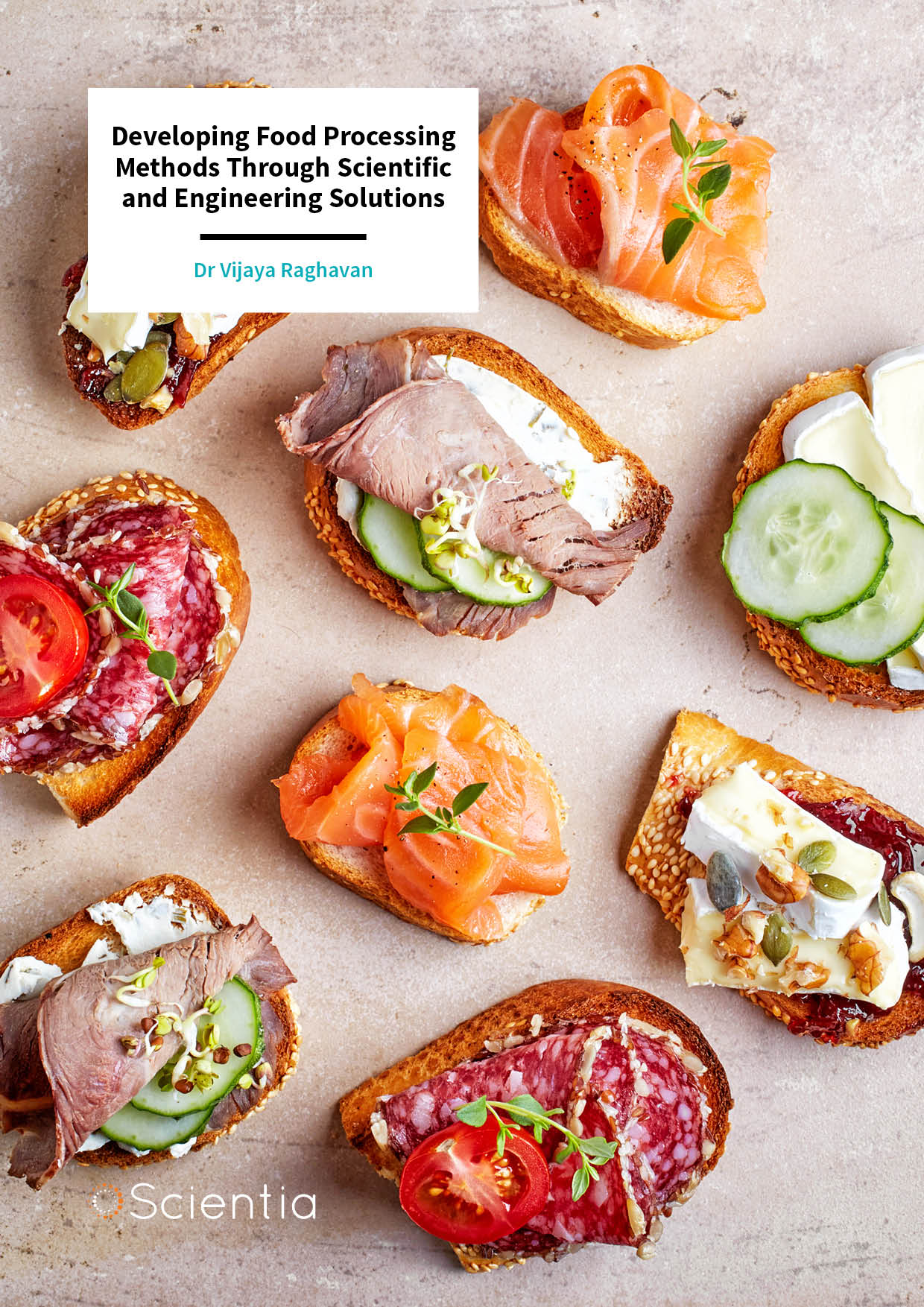
Dr Vijaya Raghavan – Developing Food Processing Methods Through Scientific and Engineering Solutions
The food processing industry generates enormous quantities of waste every year. On top of this, the way that food is processed can have negative impacts on the health of consumers. Therefore, it is vitally important to develop new food processing methods that consider human health while producing minimal waste. Dr Vijaya Raghavan and his research group at McGill University, Montreal, have been applying their expertise in chemistry and engineering to develop and optimise food processing techniques, to ensure the future health of people and the environment.
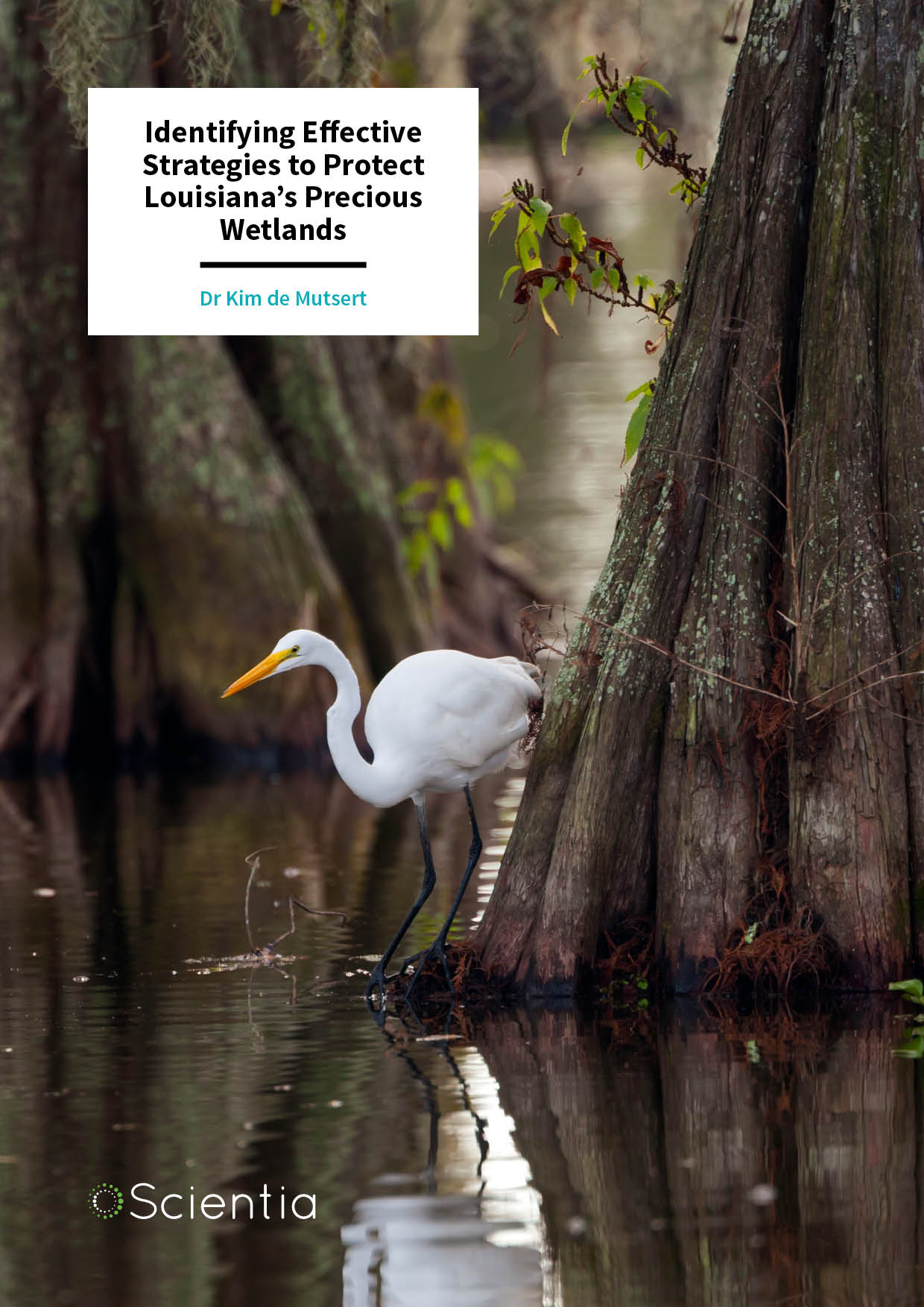
Dr Kim de Mutsert – Identifying Effective Strategies to Protect Louisiana’s Precious Wetlands
The Louisiana coastal zone is the fastest-eroding wetland in the US. This region is home to a variety of vitally important fish species for local fishing industry and ecosystems, which are currently under threat. Conservation schemes have been proposed under the 2017 Louisiana Coastal Master Plan in an attempt to preserve coastal habitats and their inhabitants. Dr Kim de Mutsert of the University of Southern Mississippi and her colleagues use simulations to reveal how different management strategies will affect fish and shellfish up to 50 years from now.
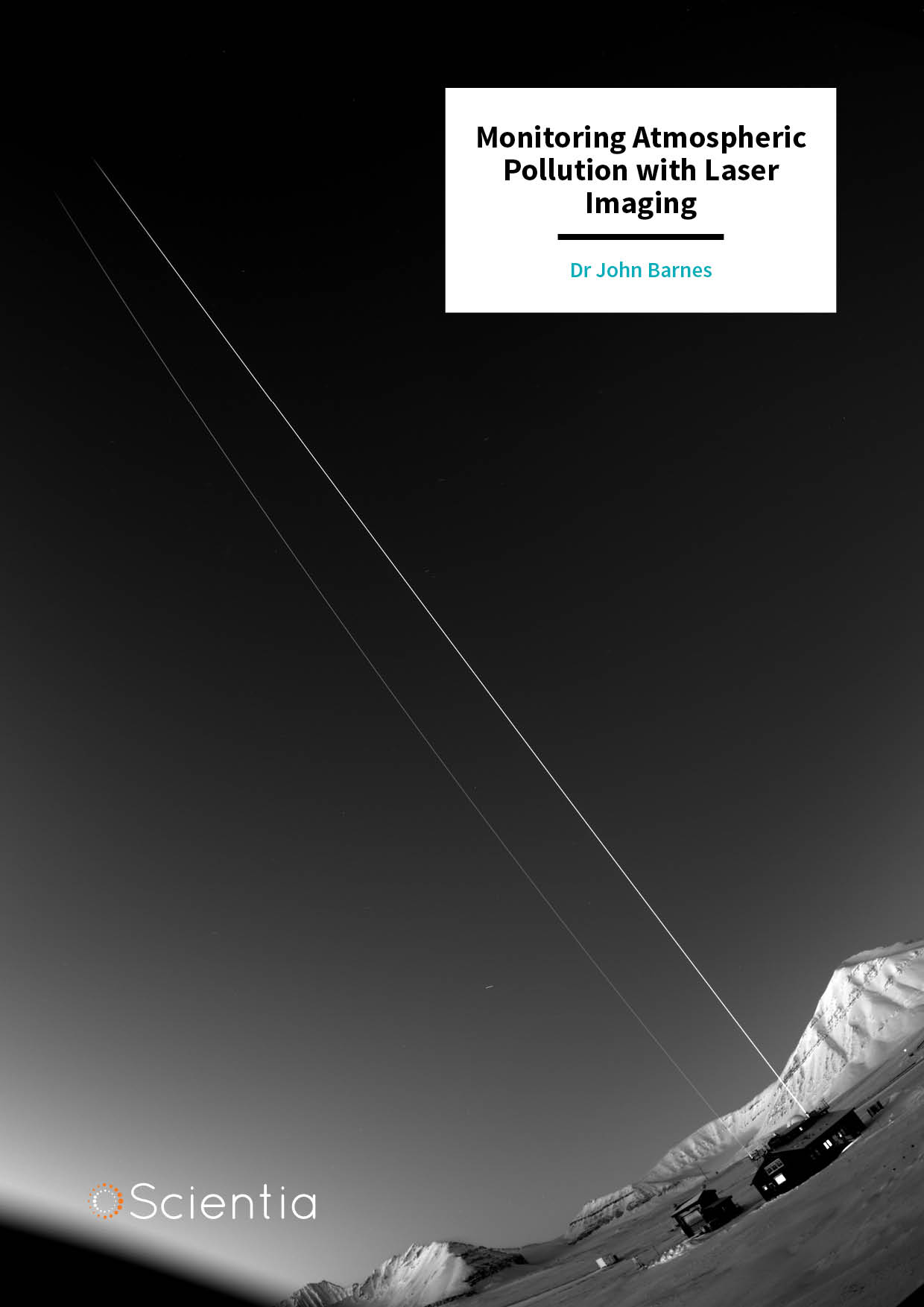
Dr John Barnes – Monitoring Atmospheric Pollution with Laser Imaging
Lidar (Light Detection and Ranging) is a laser-based remote sensing tool that can measure the concentration of small particles, called aerosols, in the atmosphere. Monitoring aerosols is crucial for climate modelling, air quality measurements, and understanding the health impacts of atmospheric pollution. However, existing lidar systems require sophisticated and expensive equipment and are usually deployed by research technicians. They also have trouble measuring atmospheric pollutants near the ground, where they impact human health. Scientist Dr John Barnes at NOAA in Boulder, Colorado, and his colleagues have developed an inexpensive and straightforward commercial lidar solution using widely available camera and optical equipment.
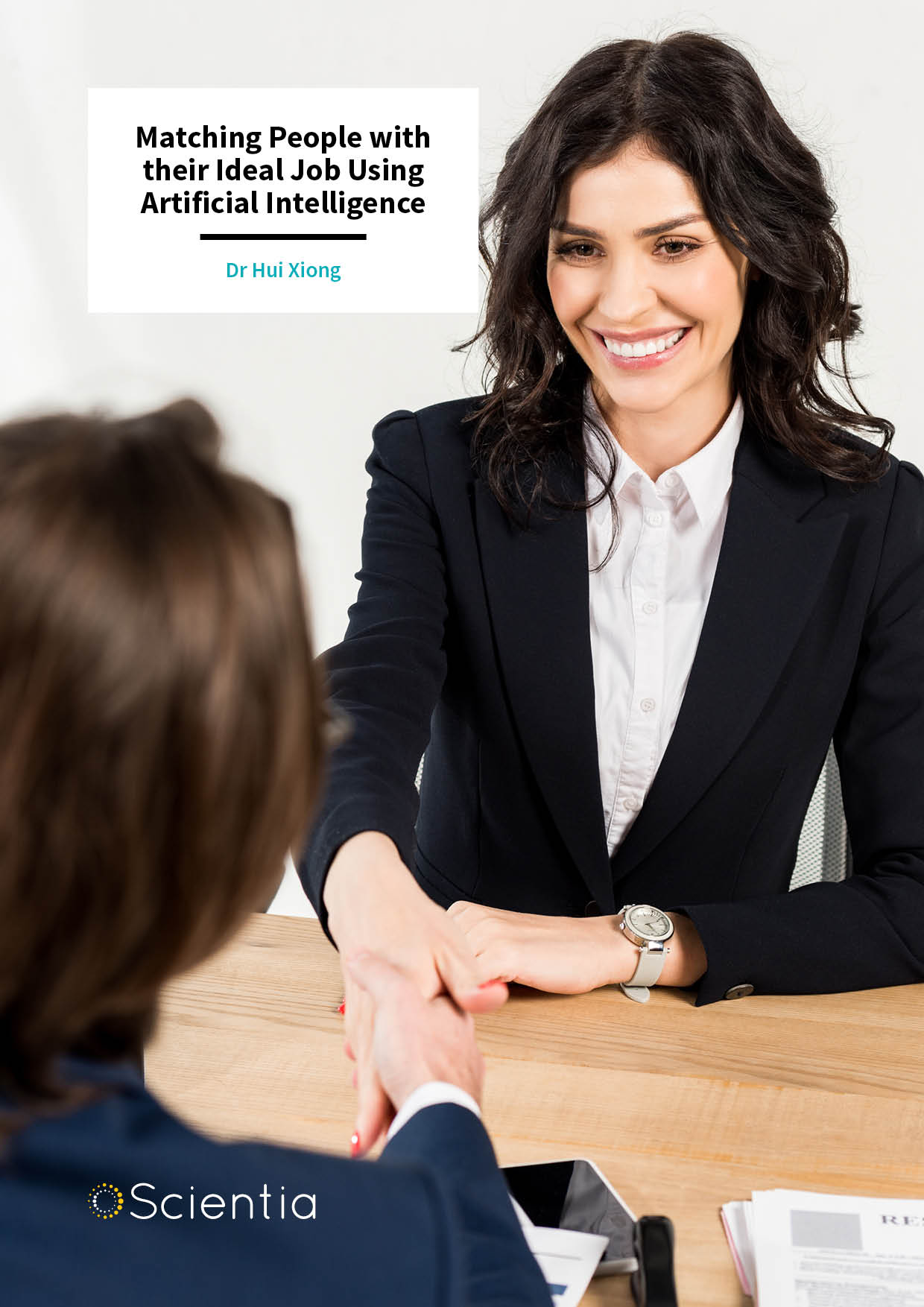
Dr Hui Xiong – Matching People with their Ideal Job Using Artificial Intelligence
The main responsibility of recruitment consultants is to match individuals to jobs that best suit their professional experience, skills, capabilities, dispositions, and academic background. Dr Hui Xiong at Rutgers University has been leading efforts to develop tools based on artificial neural networks that can automatically identify the right individuals for specific roles. Over the past few years, he has led efforts to design a comprehensive intelligent HR management system that could bring significant intelligence in human resource management.
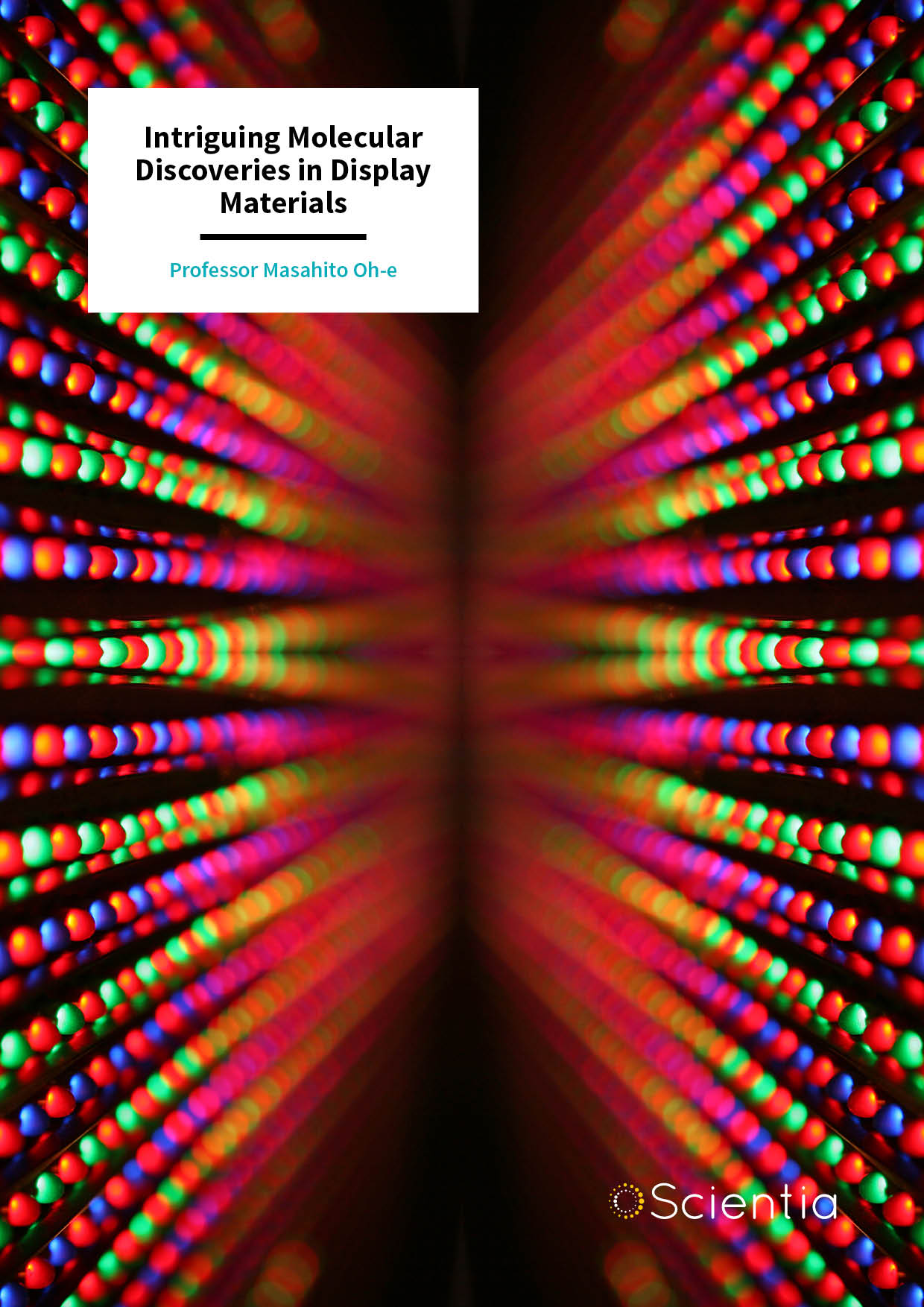
Professor Masahito Oh-e – Intriguing Molecular Discoveries in Display Materials
It is a widely-accepted scientific fact that the motions of molecules increase as their temperature rises. However, Dr Masahito Oh-eat the National Tsing Hua University in Taiwan has recently made a counterintuitive discovery in an organic semiconductor called ‘CADN’. Within a thin film of this material, his team has found that the motion of one part of the CADN molecule increases, while another part becomes more ordered as the temperature increases and approaches the material’s phase transition. This research is scientifically intriguing, but also has profound implications for improving display technologies based on organic semiconductor materials.

Professor László Forró – Perovskite-based Sensors: Detecting Energetic Photons with Extreme Sensitivity
Organo-metallic perovskite crystals are widely known for their ability to boost the performance of solar cells, with efficiencies reaching 25% and beyond. This is because photons of light can mobilise electrons in these materials with very high efficiency. Professor László Forró and his team at Ecole Polytechnique Fédérale de Lausanne have realised that this same ability could be harnessed in the development of high-performance sensors that detect photons of various energies. By integrating perovskite with graphene or carbon nanotubes, the team’s detectors show outstanding sensitivity, with the ability to detect single photons. Their technologies are leading to new applications ranging from more sensitive medical diagnostics, to safer nuclear reactors.
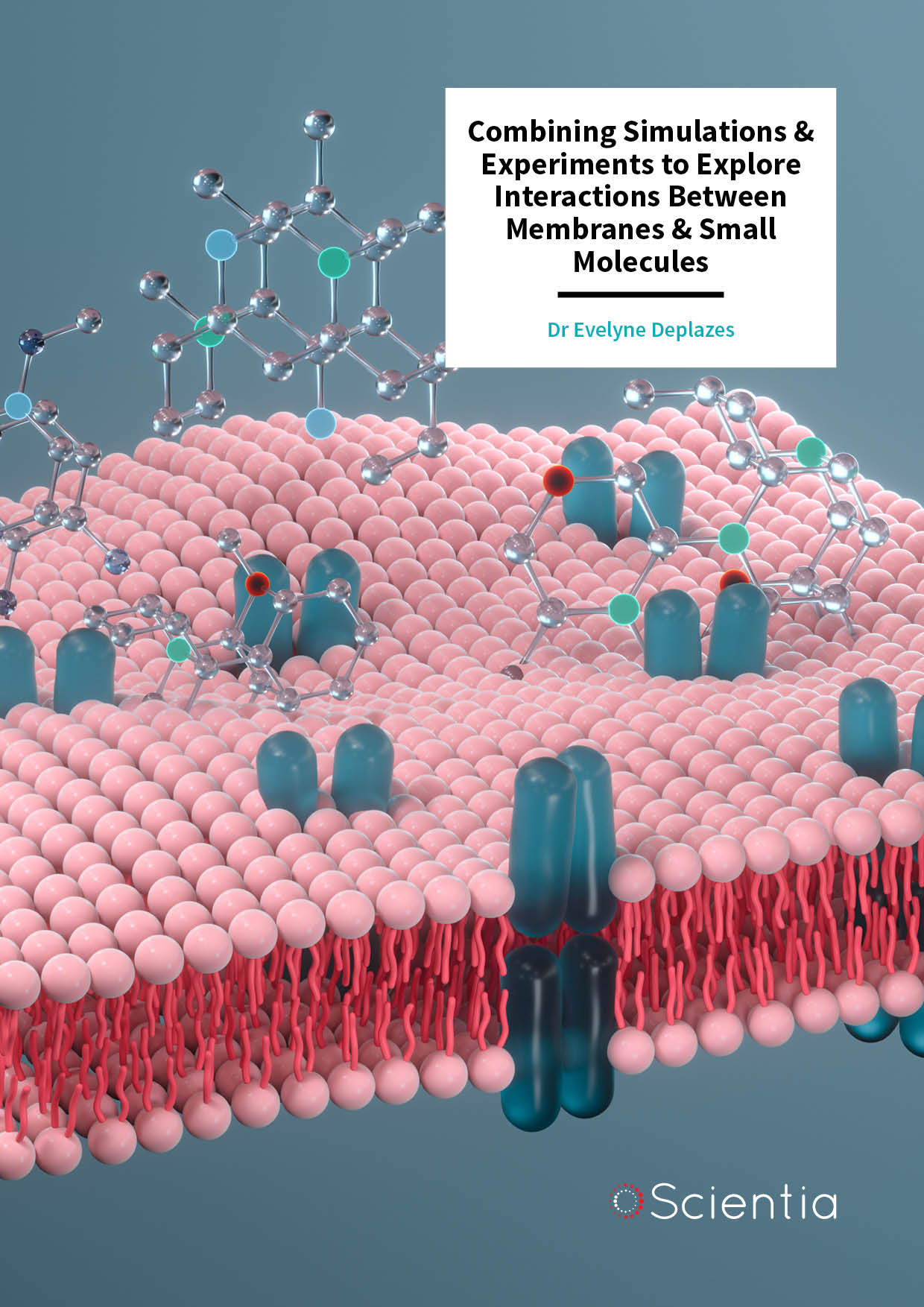
Dr Evelyne Deplazes – Combining Simulations & Experiments to Explore Interactions Between Membranes & Small Molecules
Many important processes in our bodies rely on the transport of small molecules and ions across cell membranes. However, these processes can be extremely intricate and complex, and are frustratingly difficult to study. Dr Evelyne Deplazes and her team at the University of Queensland and the University of Technology have been investigating these processes by combining the best elements of experimental and computational membrane biophysics. This research could help us better understand the way our bodies work, with exciting implications for biotechnology and drug development.
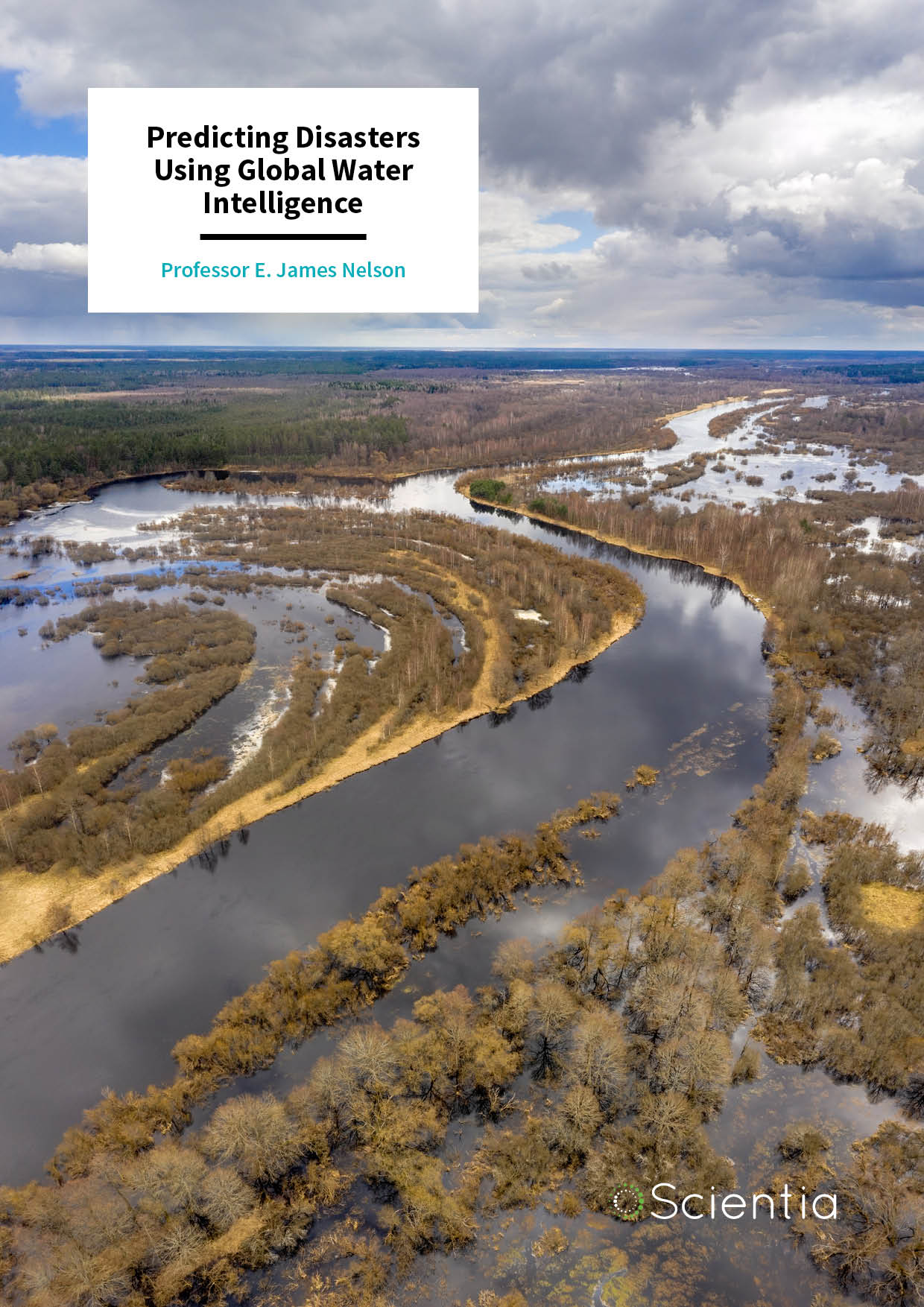
Professor Jim Nelson – Predicting Disasters Using Global Water Intelligence
Accurate knowledge of the water cycle is essential for predicting disasters such as floods and droughts. However, it’s not easy to obtain good information from traditional weather and water forecasts. The Group on Earth Observations Global Water Sustainability initiative (GEOGloWS) provides hydrologic forecasts through an accessible web service to assist local water users. Partnering with water scientists worldwide, Professor Jim Nelson of Brigham Young University worked with the European Centre for Medium-Range Weather Forecasts to develop a global streamflow service. This service provides local communities with actionable water intelligence, enabling them to focus on solutions to water-related problems.
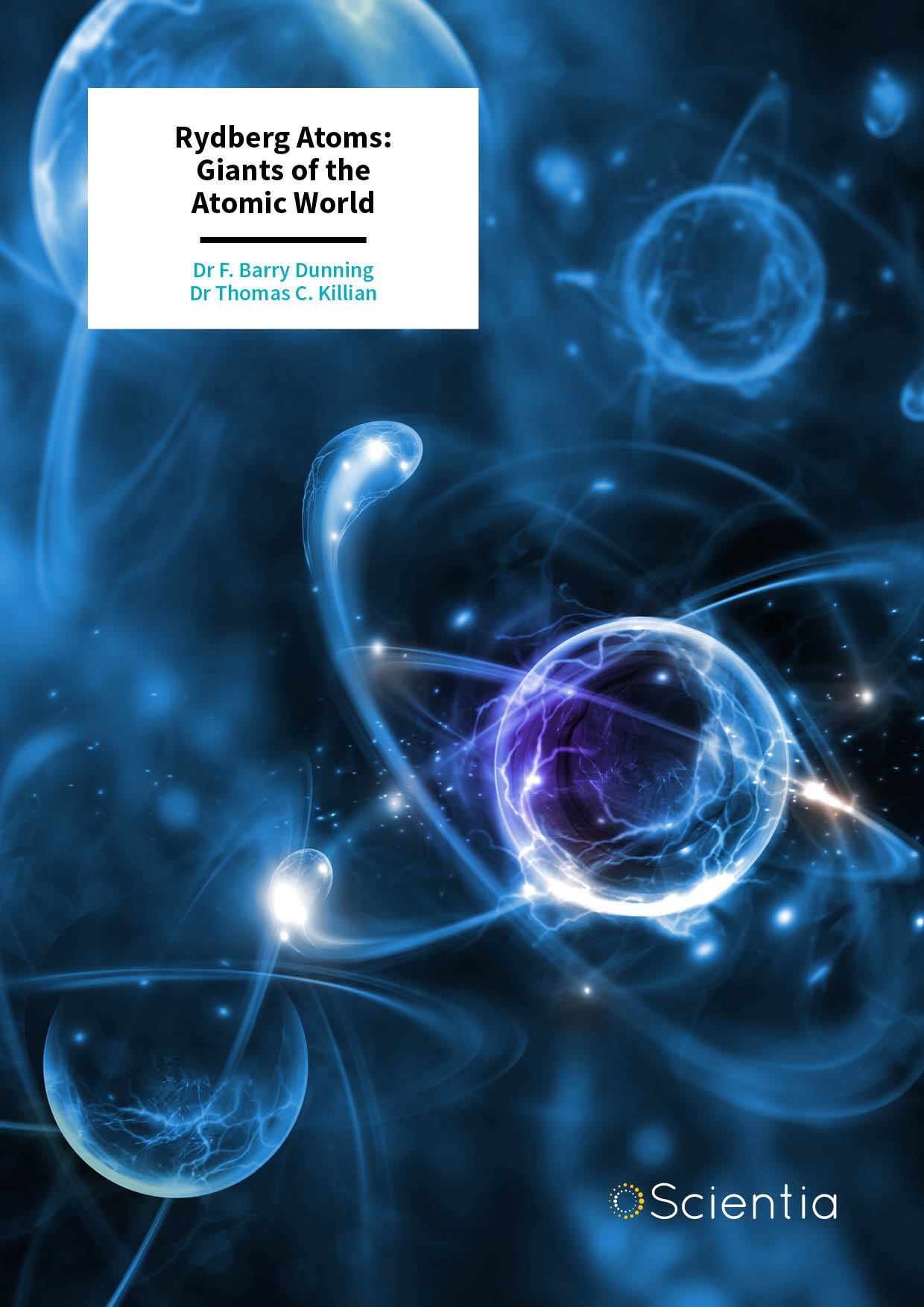
Rydberg Atoms: Giants of the Atomic World
The creation of giant atoms whose size is comparable to that of a grain of sand might sound like the stuff of science fiction, but in fact such species exist in nature and can now be created in the laboratory using advanced laser systems. Such exotic atoms, in which one electron is placed in a highly-energetic state, are termed Rydberg atoms, after the Swedish spectroscopist J. R. Rydberg who first characterised their properties. As might be expected, such extreme atoms possess very unusual physical and chemical properties. Their study has provided many new insights into the properties of Rydberg atoms themselves, their interactions with other atoms and molecules, and phenomena that arise from their collective interactions. The extreme properties of Rydberg atoms now enable emerging technological applications in sensing and quantum computation.
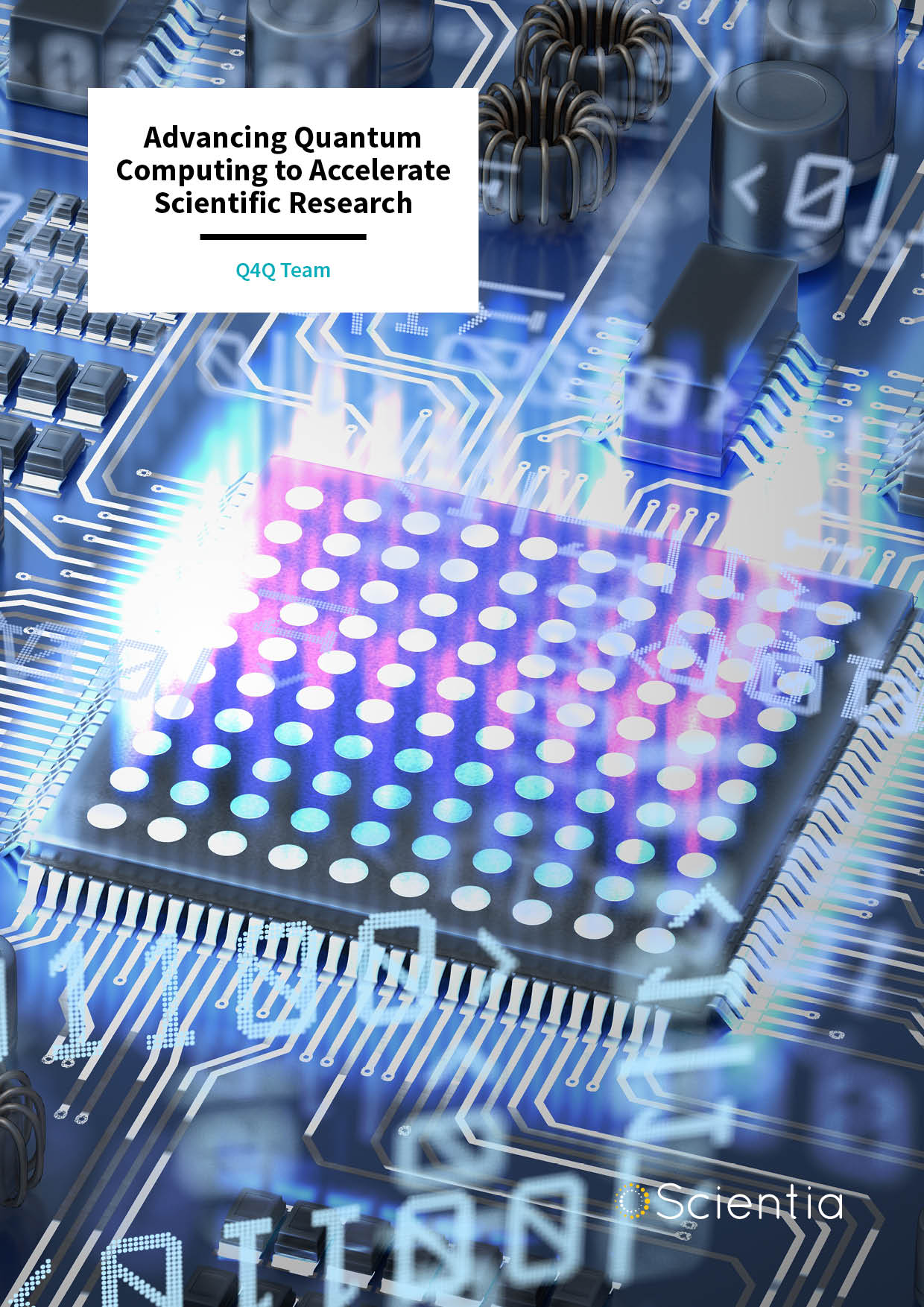
Advancing Quantum Computing to Accelerate Scientific Research
Over the past few years, the capabilities of quantum computers have reached the stage where they can be used to pursue research with widespread technological impact. Through their research, the Q4Q team at the University of Southern California, University of North Texas, and Central Michigan University, explores how software and algorithms designed for the latest quantum computing technologies can be adapted to suit the needs of applied sciences. In a collaborative project, the Q4Q team sets out a roadmap for bringing accessible, user-friendly quantum computing into fields ranging from materials science, to pharmaceutical drug development.

Dr Rosa Di Felice – Identifying Optimum Enzymes for Gene Editing Through Simulations
Genome editing offers huge benefits in both healthcare and agriculture. Therefore, developing new and improved tools for editing the genomes of humans, animals and plants is a rapidly growing area of research. Dr Rosa Di Felice and her team from the University of Southern California are helping to further this effort by performing computational simulations that support experimentalists in their search. They are particularly interested in studying the mechanisms involved in gene editing using enzymes, to find out how their precision can be improved.
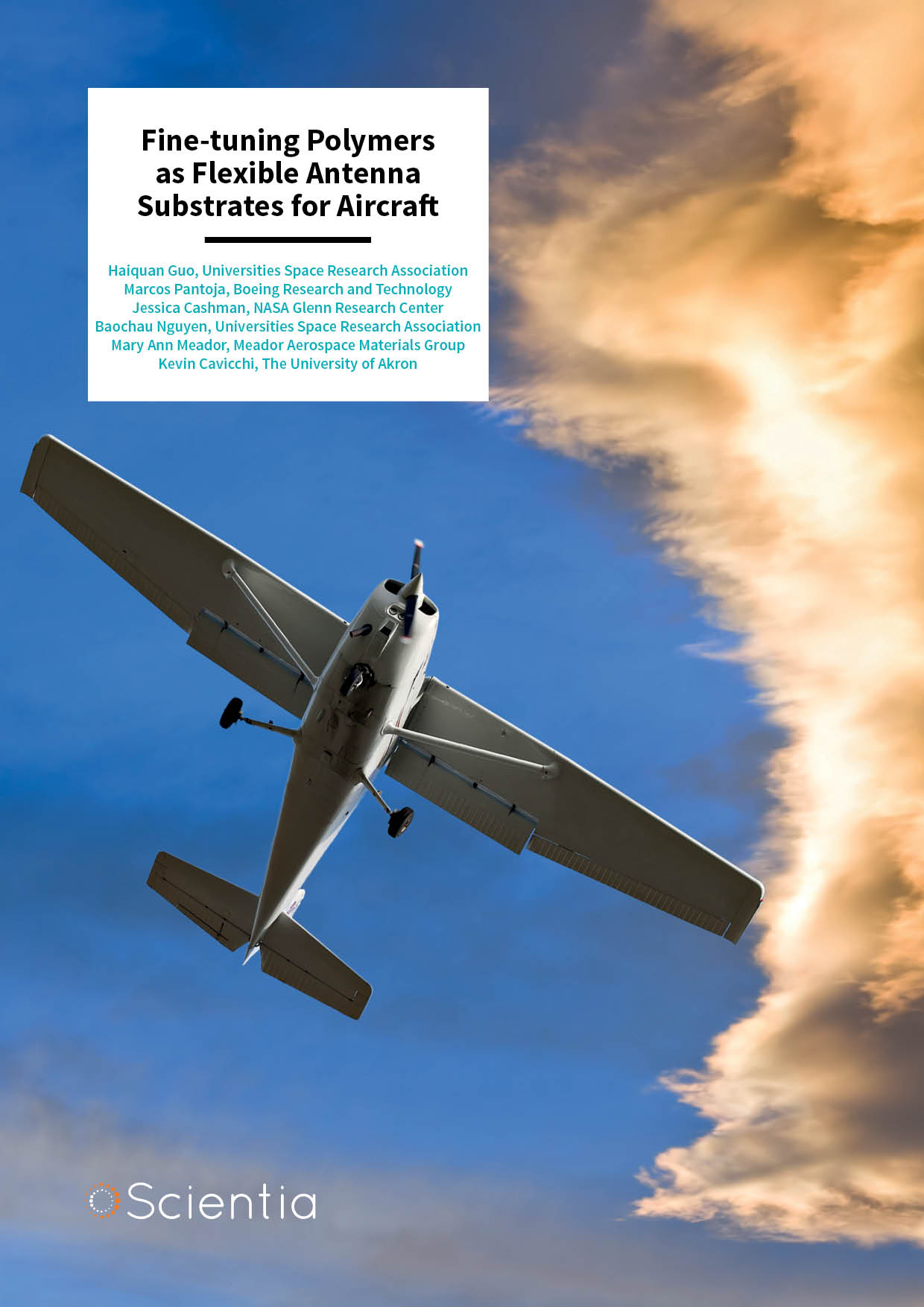
Fine-tuning Polymers as Flexible Antenna Substrates for Aircraft
The pursuit to design more lightweight aircraft that can travel over greater distances never ceases. One area that has received much attention is the development of lighter and more aerodynamic antennas. Researchers at the NASA Glenn Research Center are at the forefront of this effort. The research team, which includes Jessica Cashman, Baochau Nguyen, Haiquan Guo, Marcos Pantoja, Kevin Cavicchi, and Mary Ann Meador, is designing flexible polymer materials that can be used to construct lightweight, low-drag antennas that lie along the surface of an aircraft.
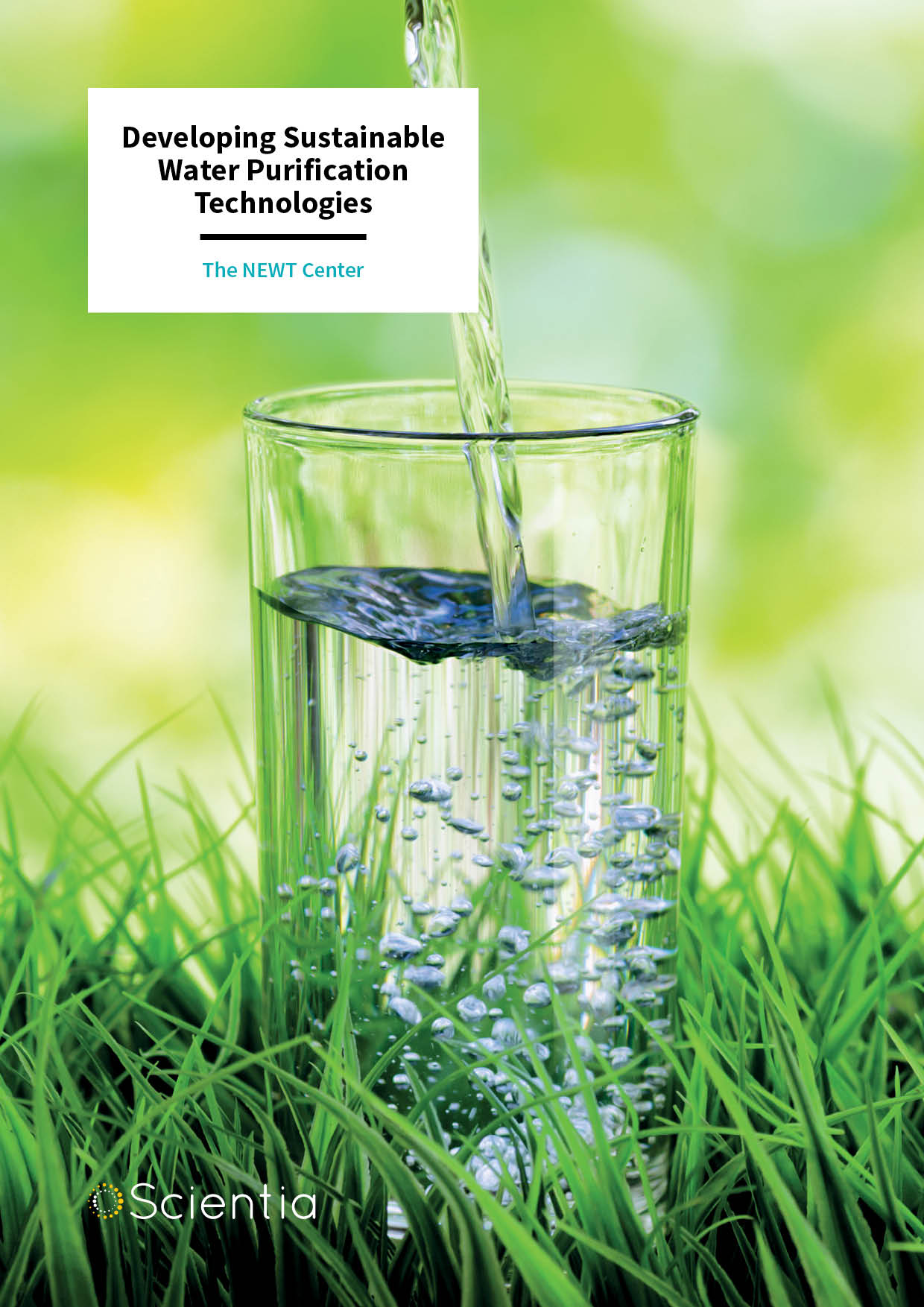
Developing Sustainable Water Purification Technologies
A significant proportion of the world’s population has little to no access to clean water, and the water consumed by industrial activities continues to grow. Researchers from the Nanotechnology Enabled Water Treatment (NEWT) Center, which is headquartered at Rice University, are developing cutting-edge purification technologies that can provide communities with access to clean and safe drinking water. They are also creating new wastewater treatment methods that allow the reuse of industrial effluent, to minimise freshwater withdrawals by industries. Instead of conventional methods that use large amounts of chemicals and energy, NEWT technologies are chemical free, and often utilise solar energy.
